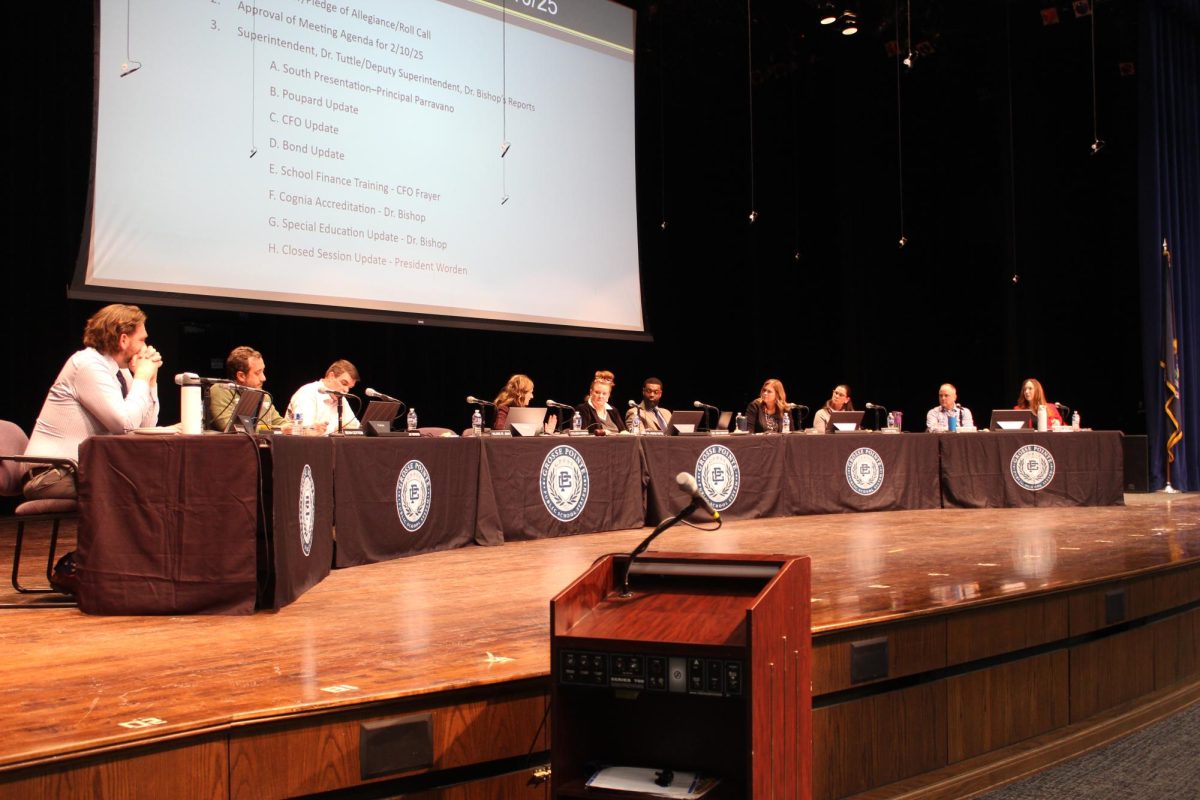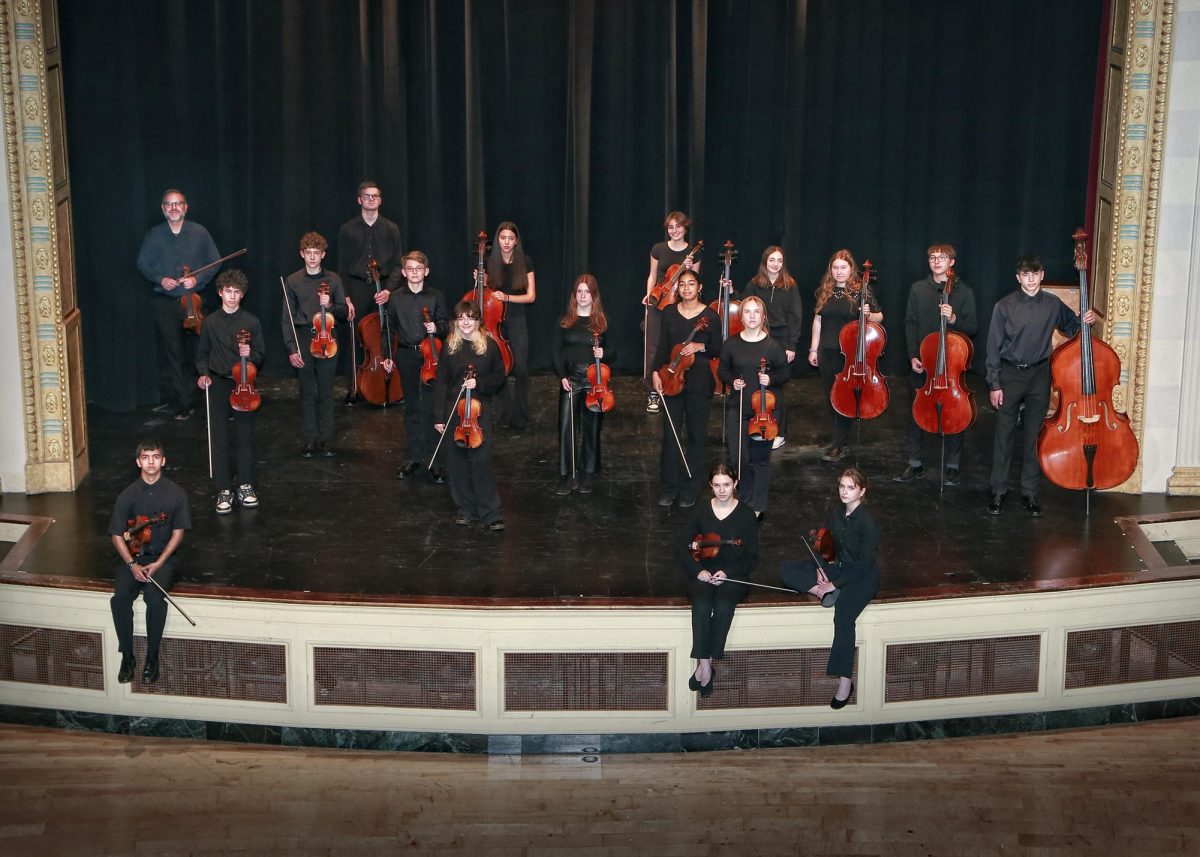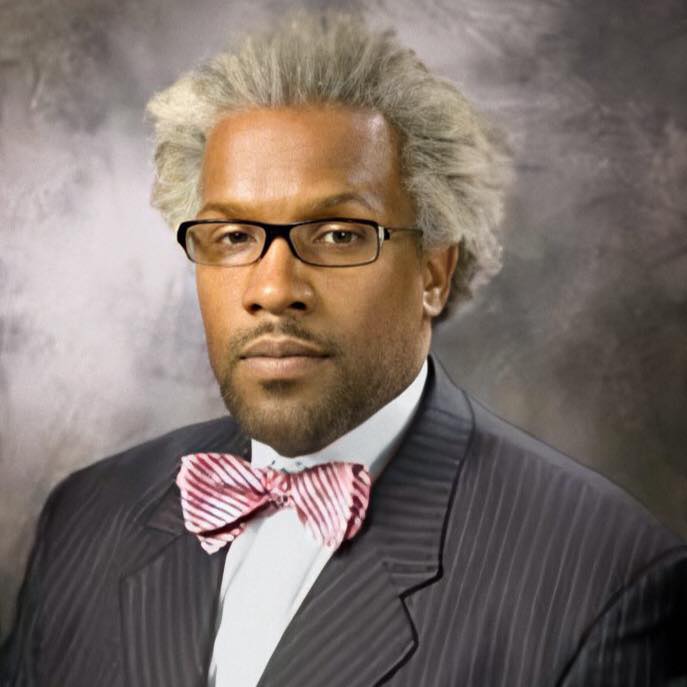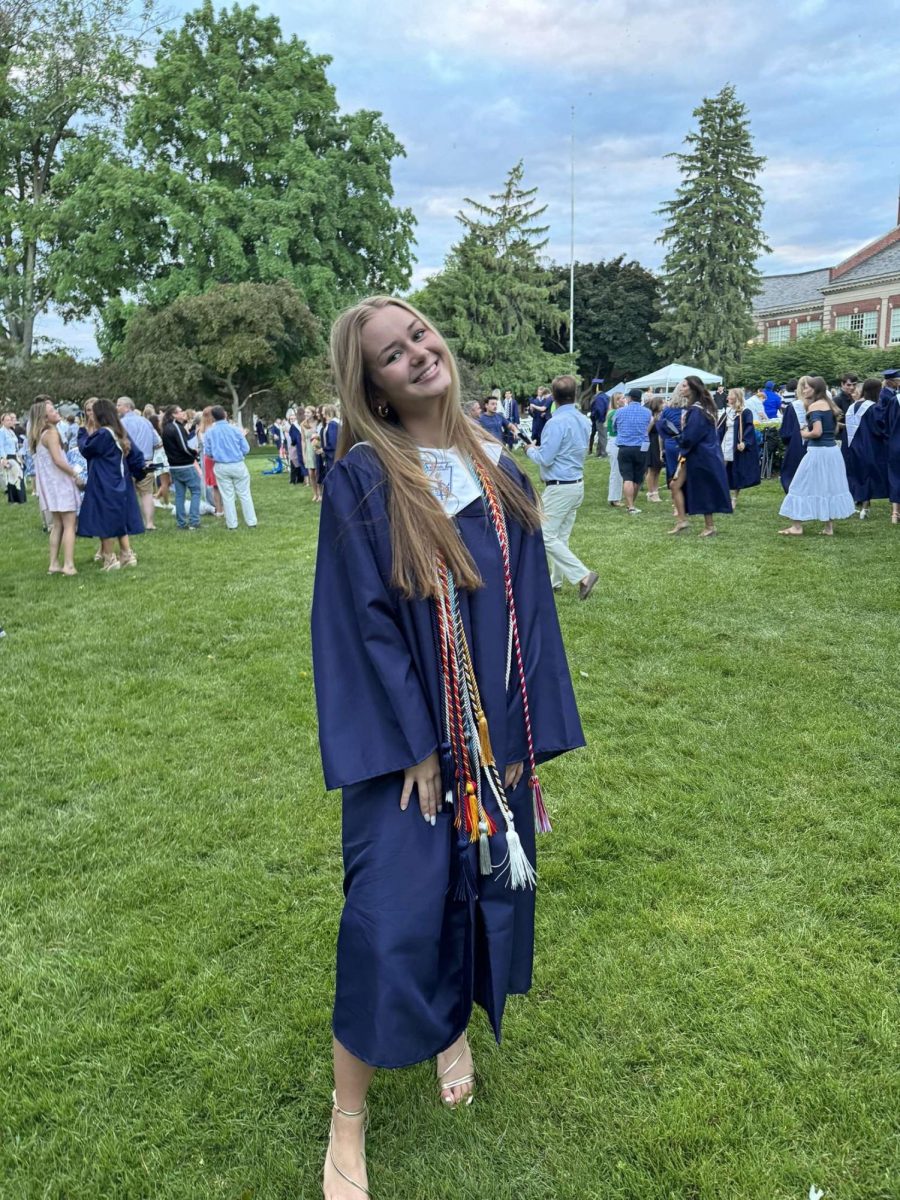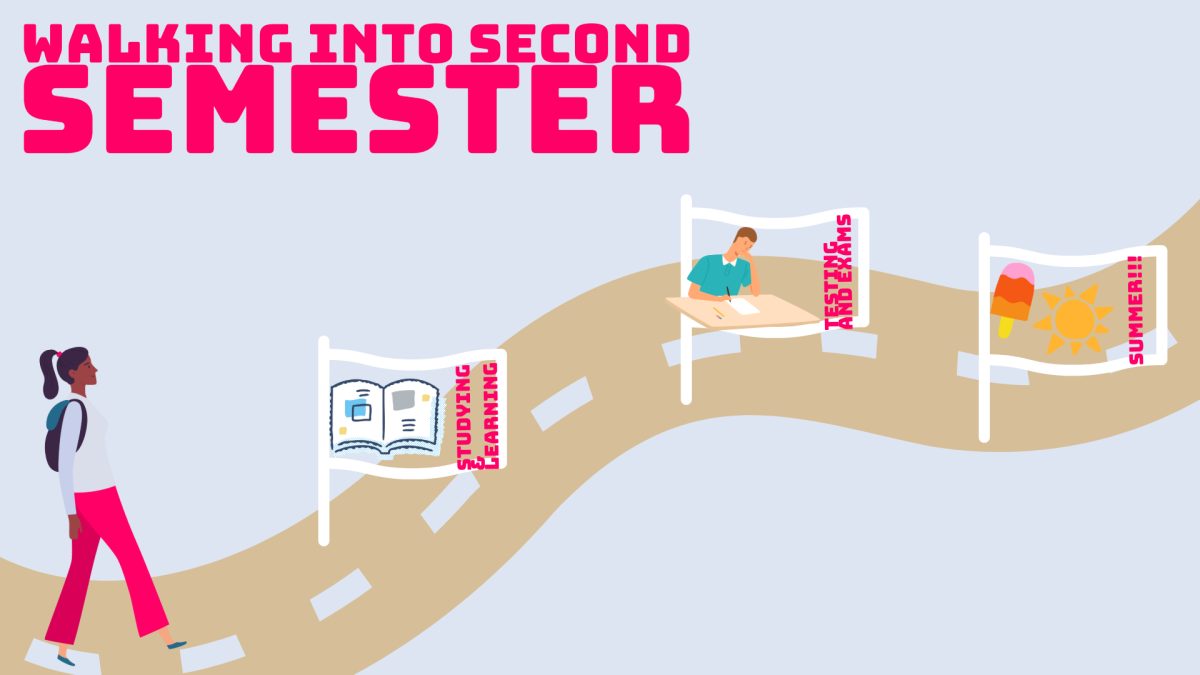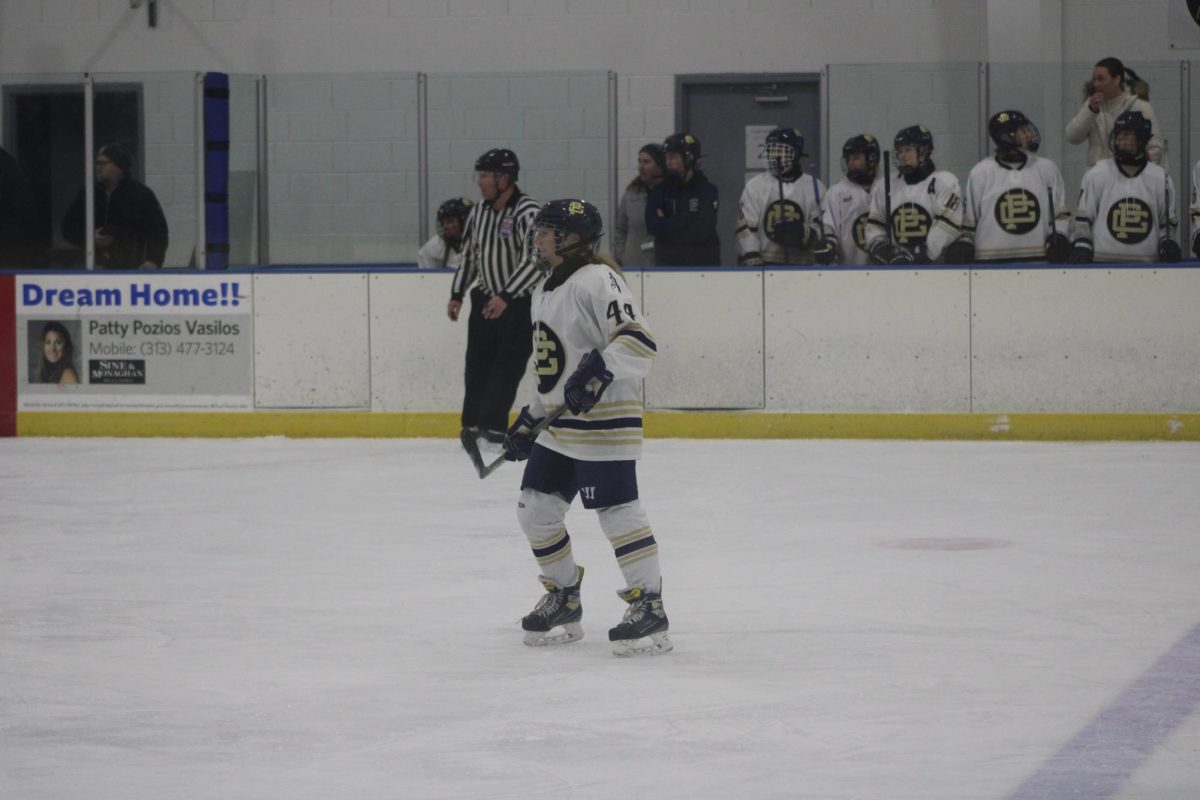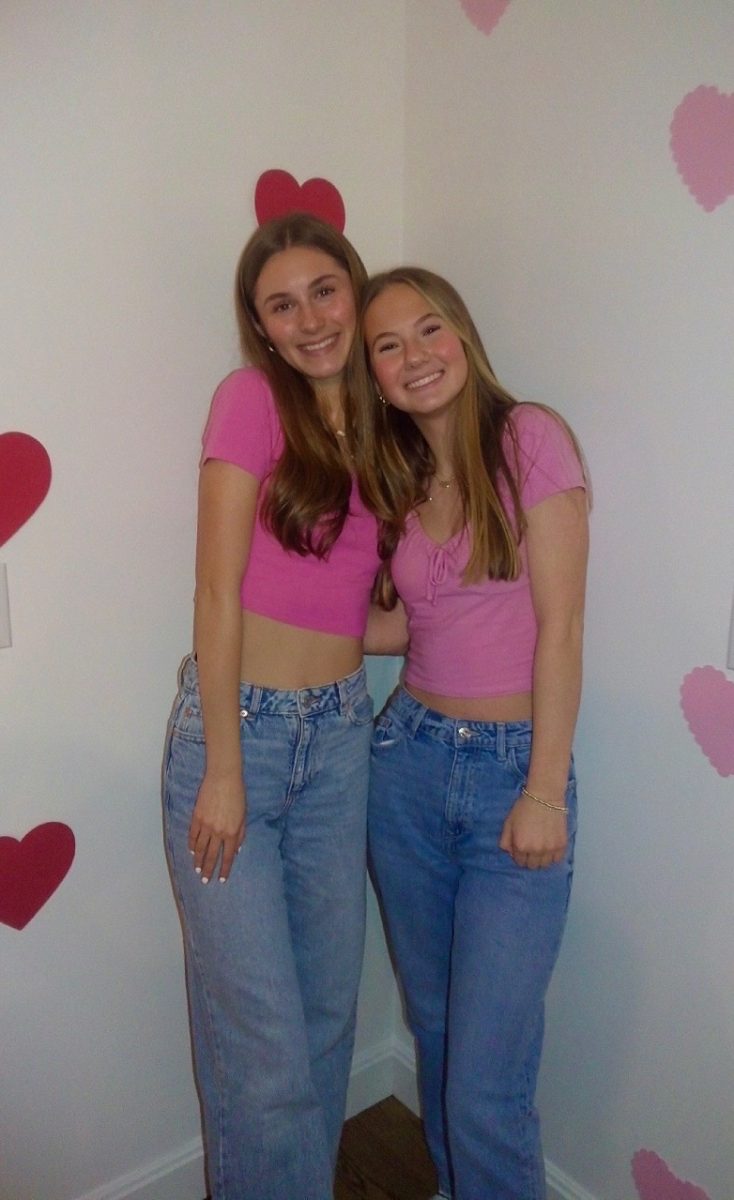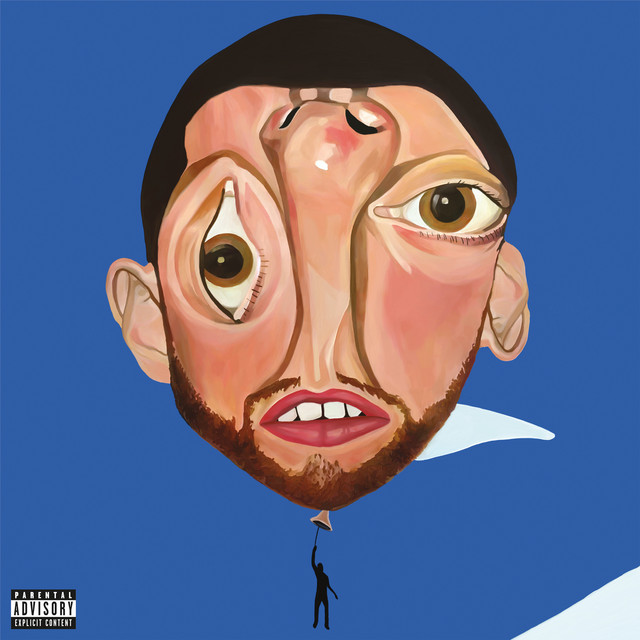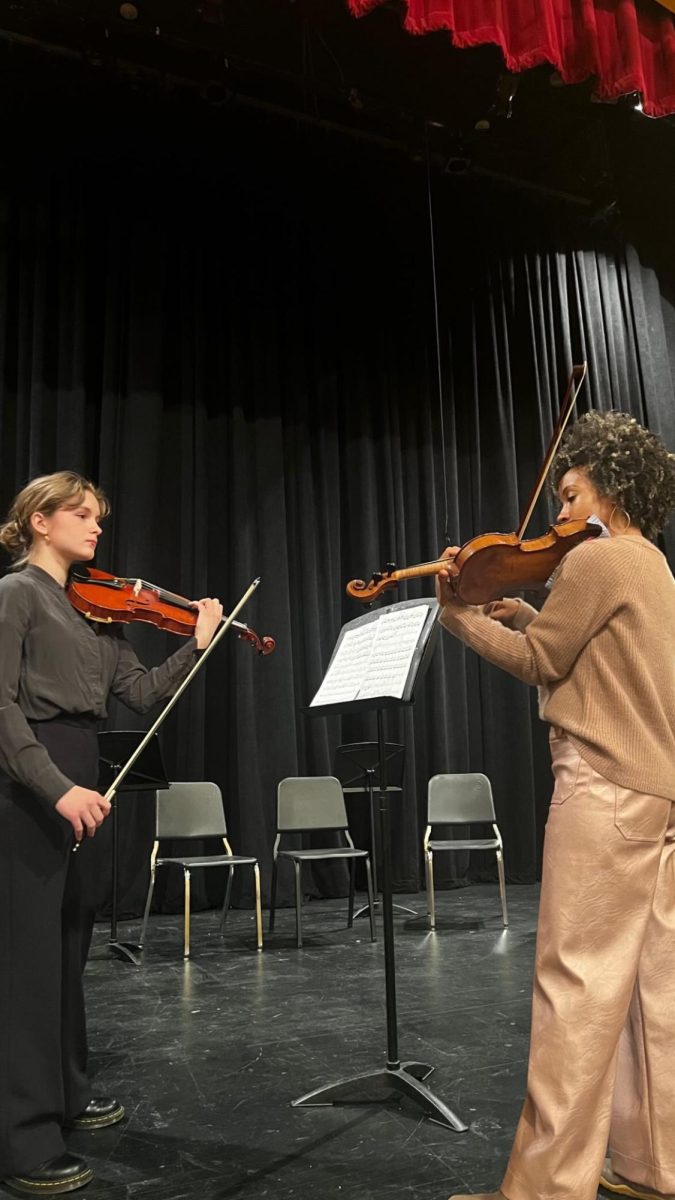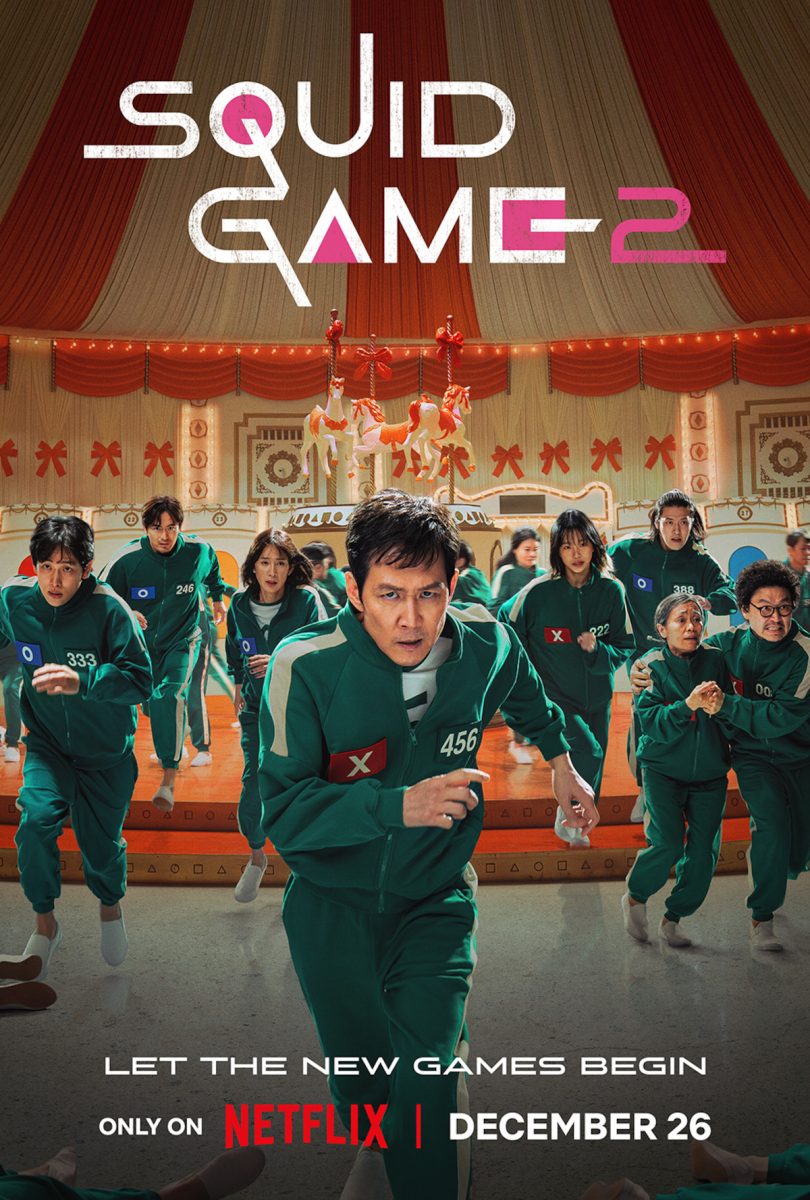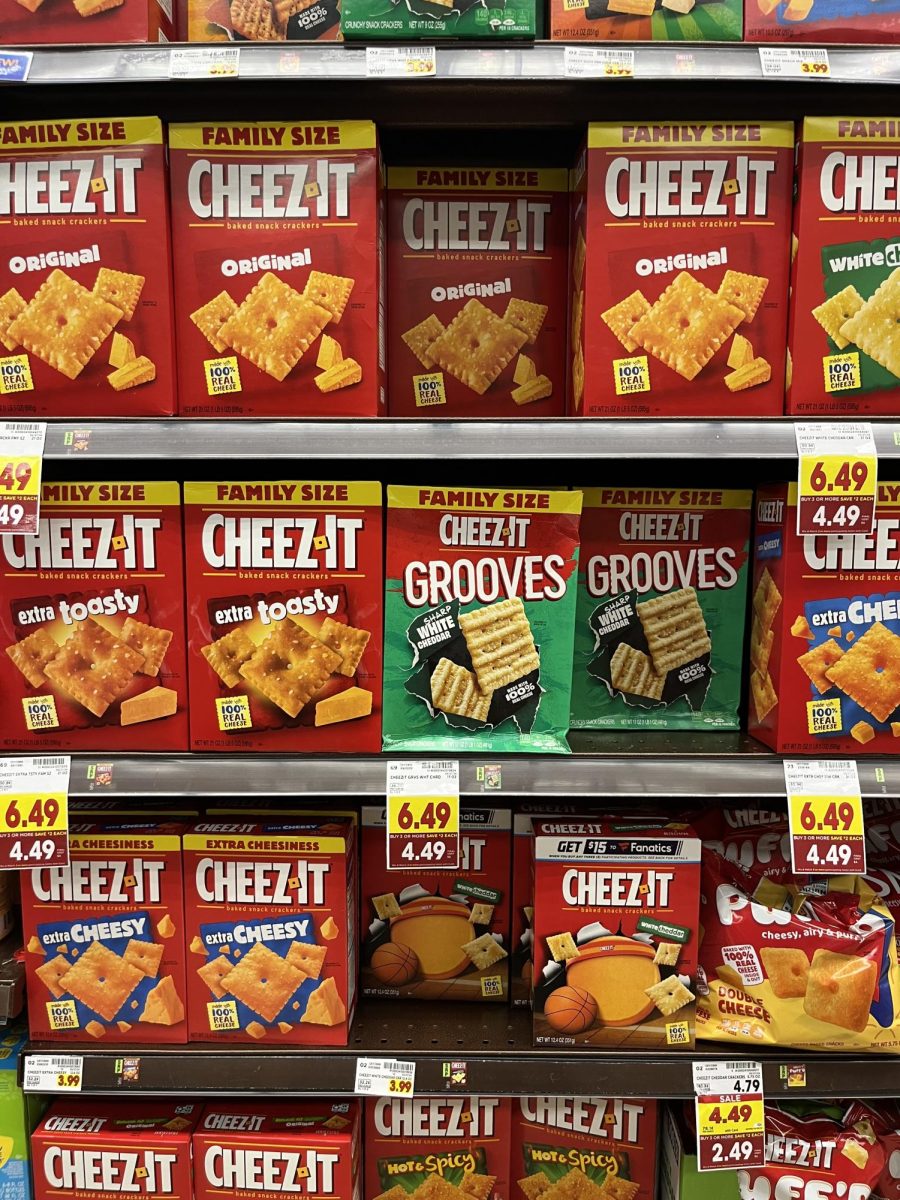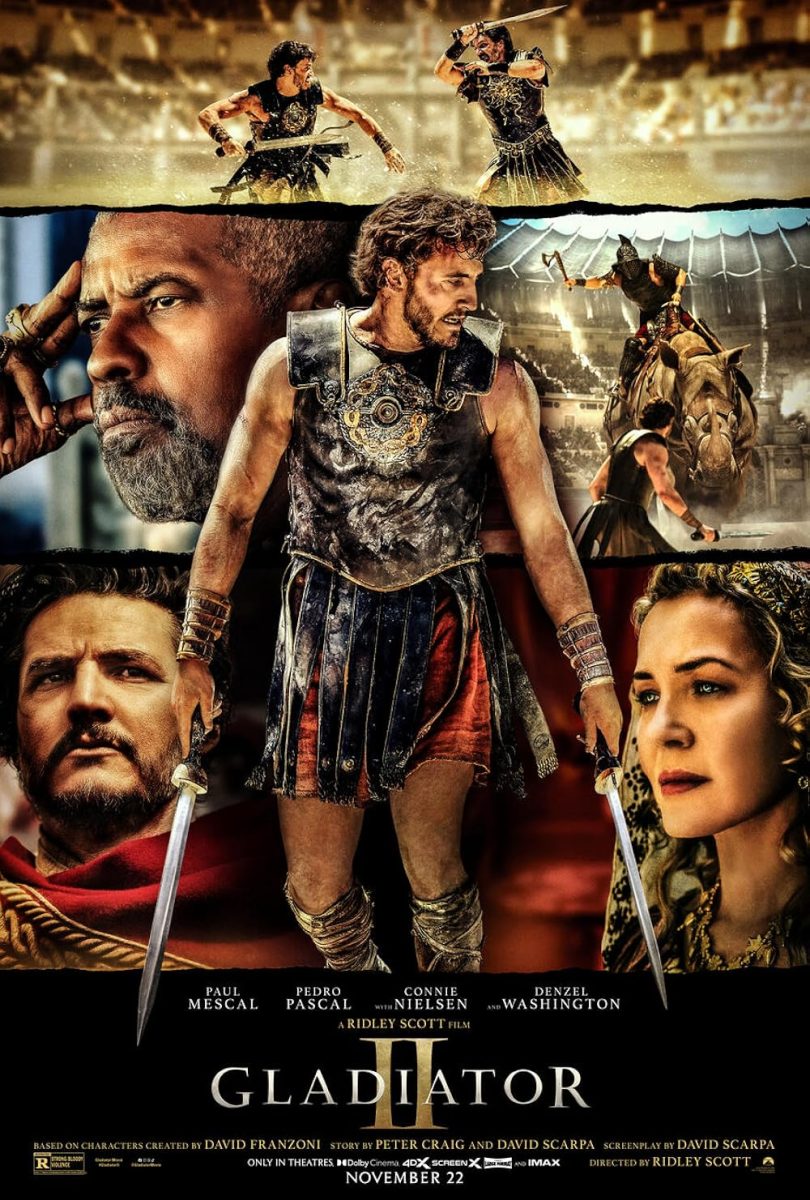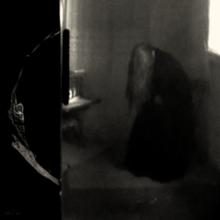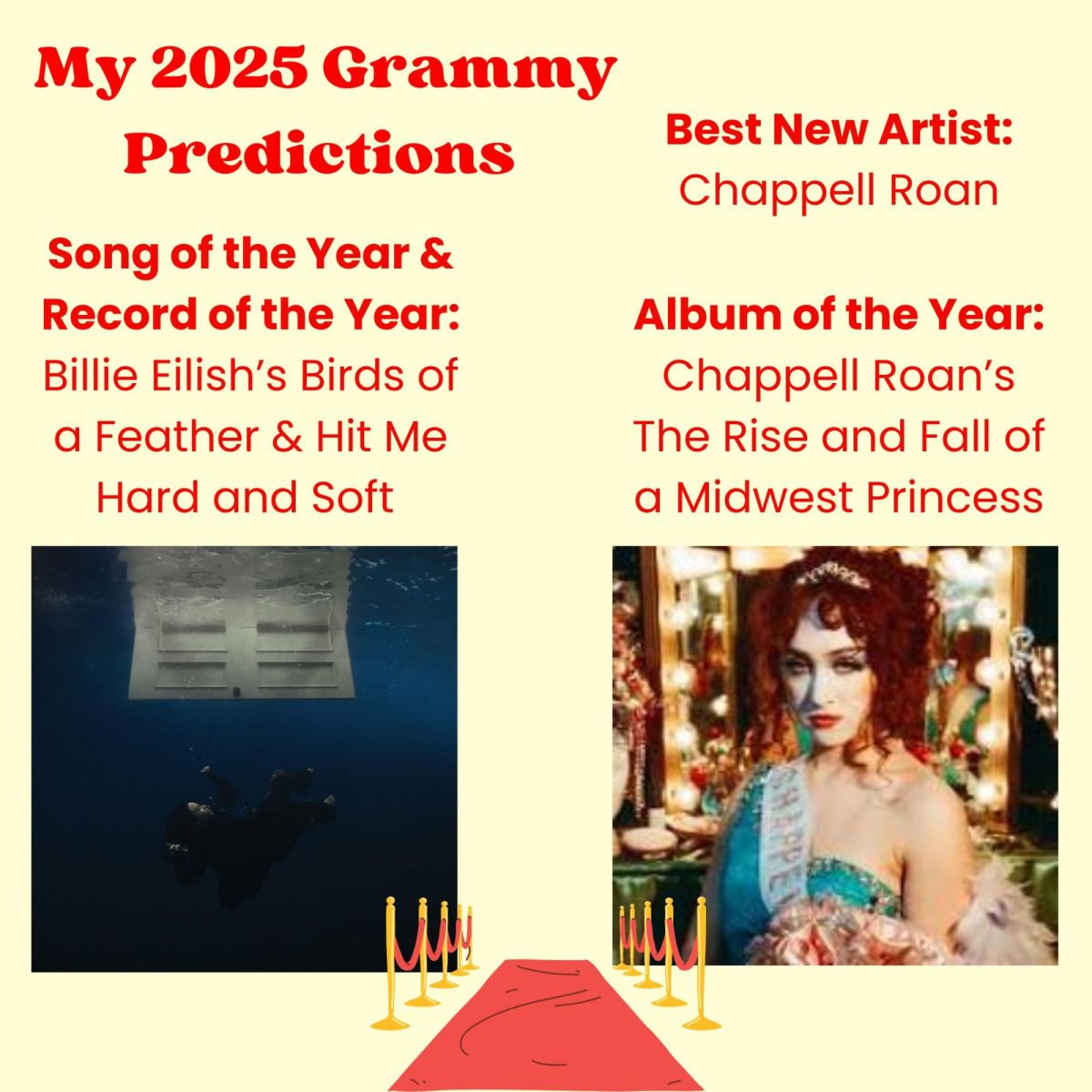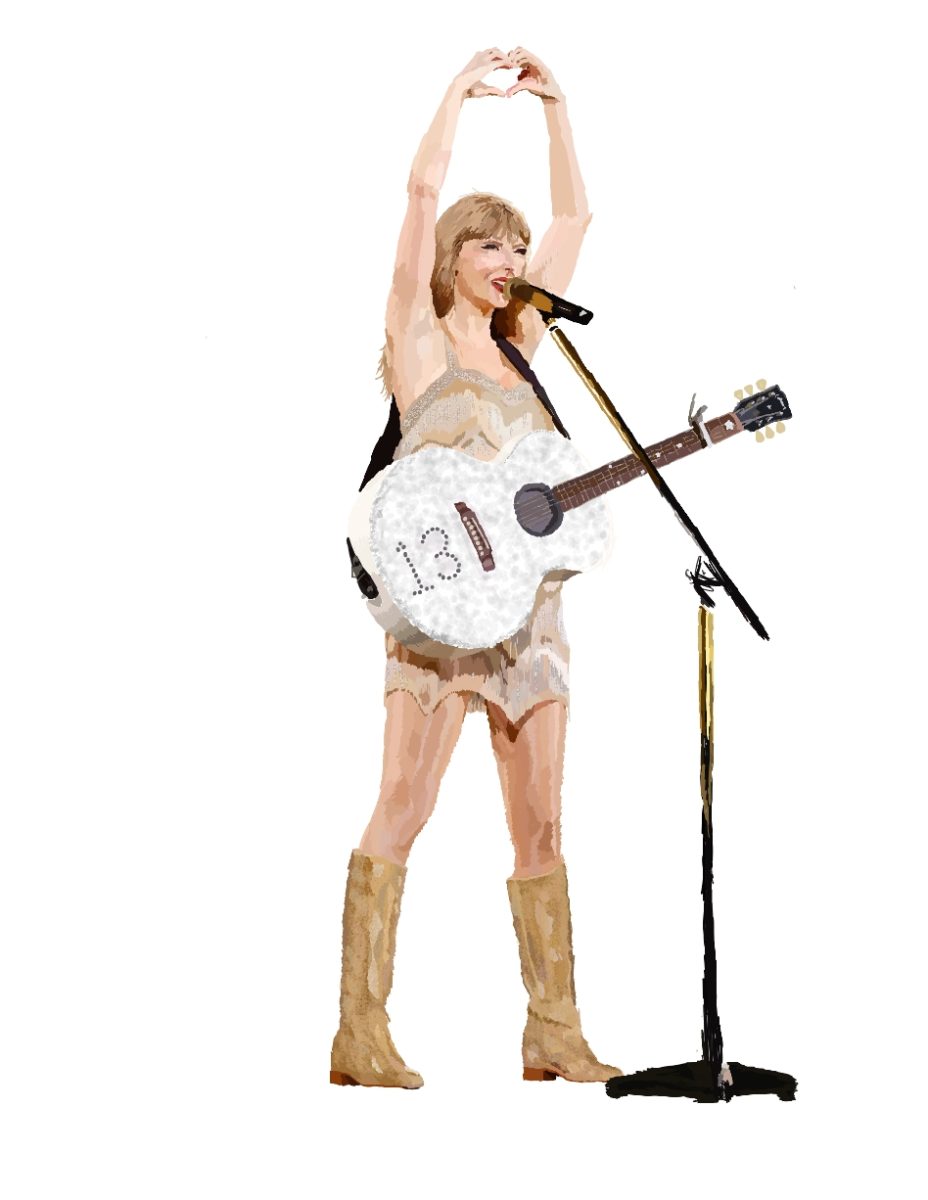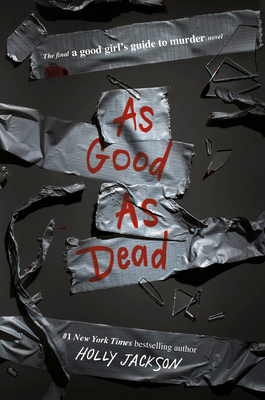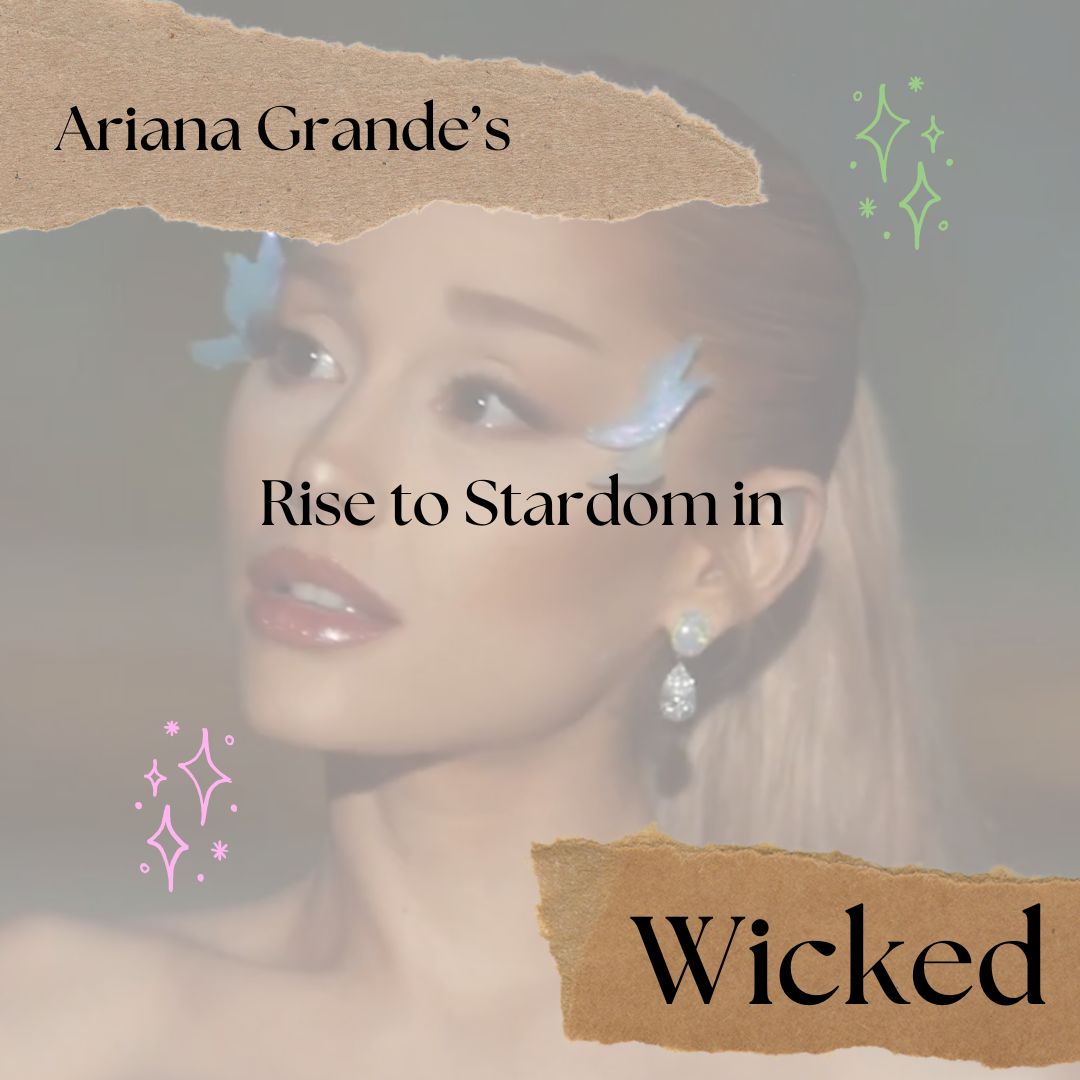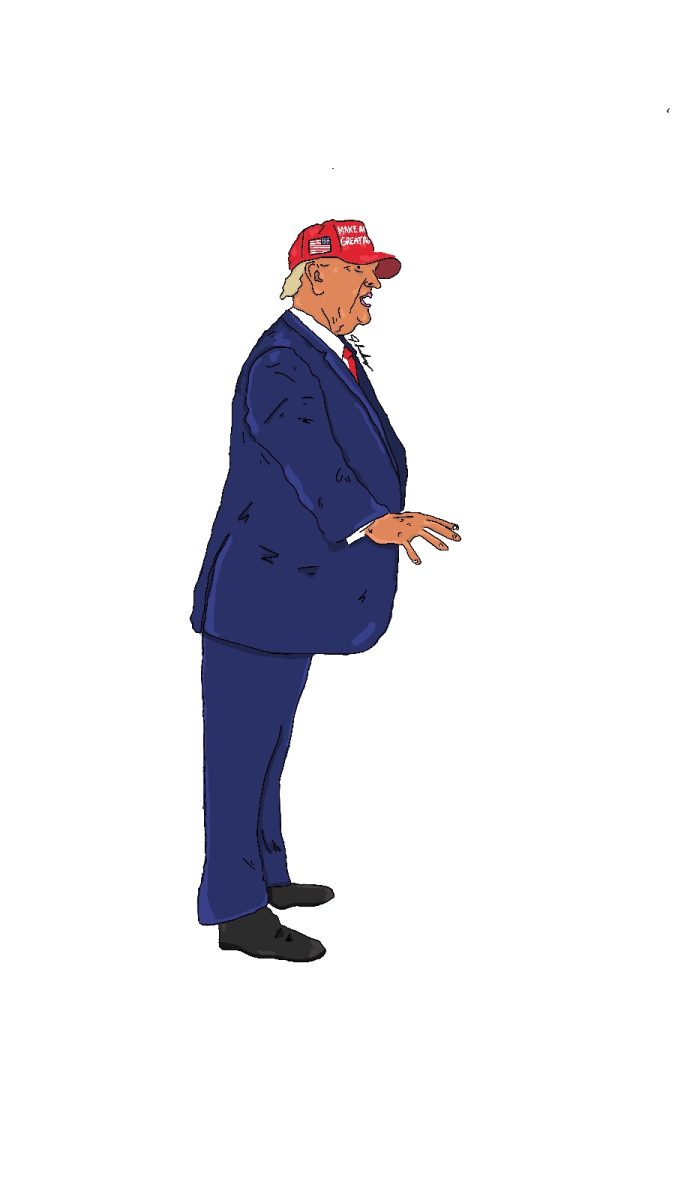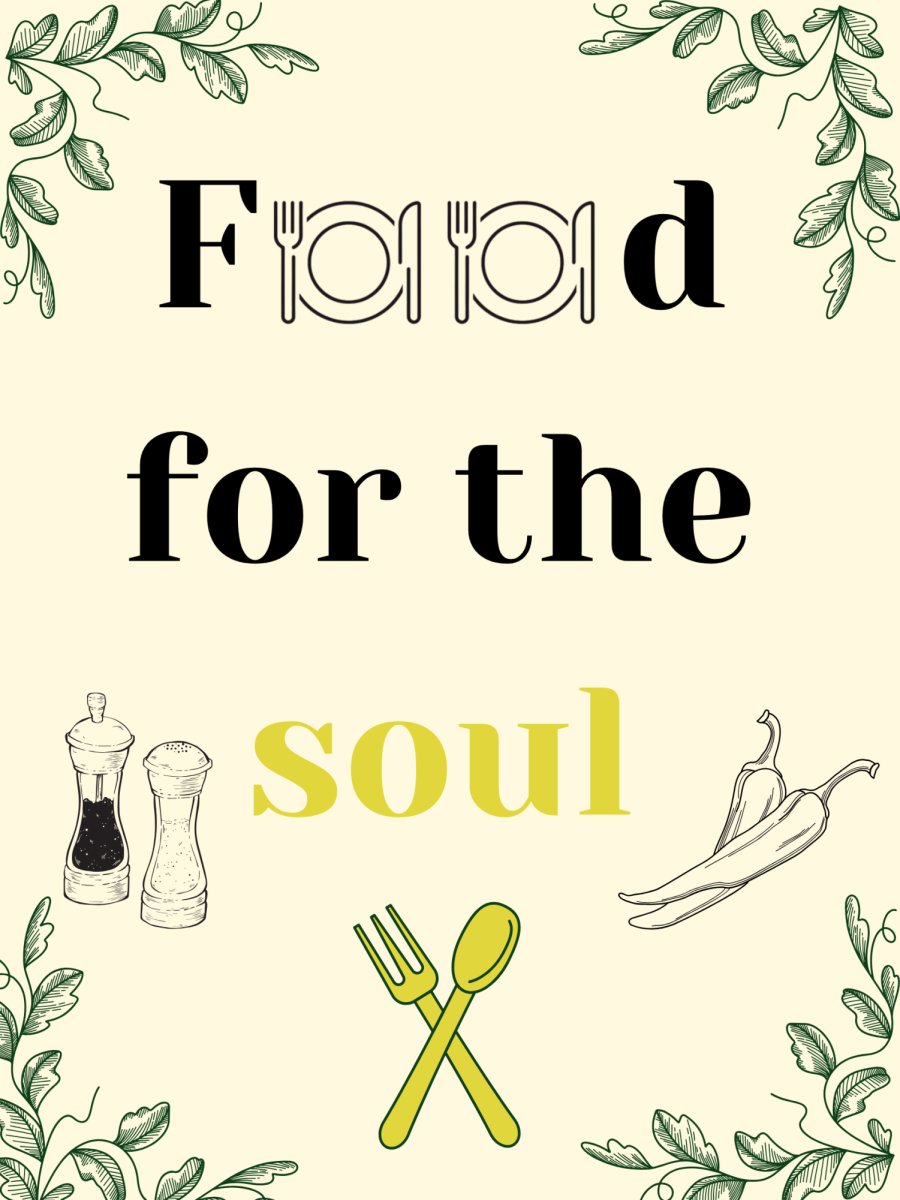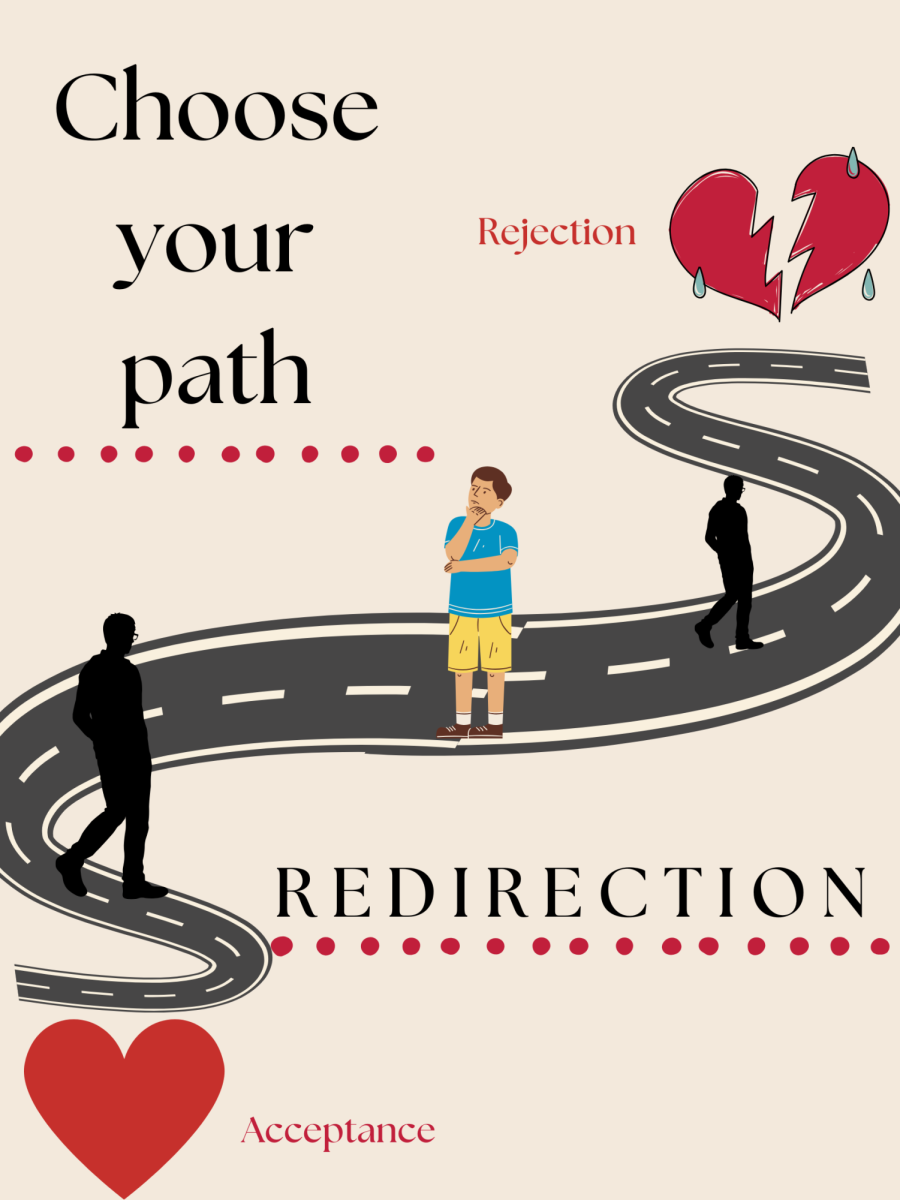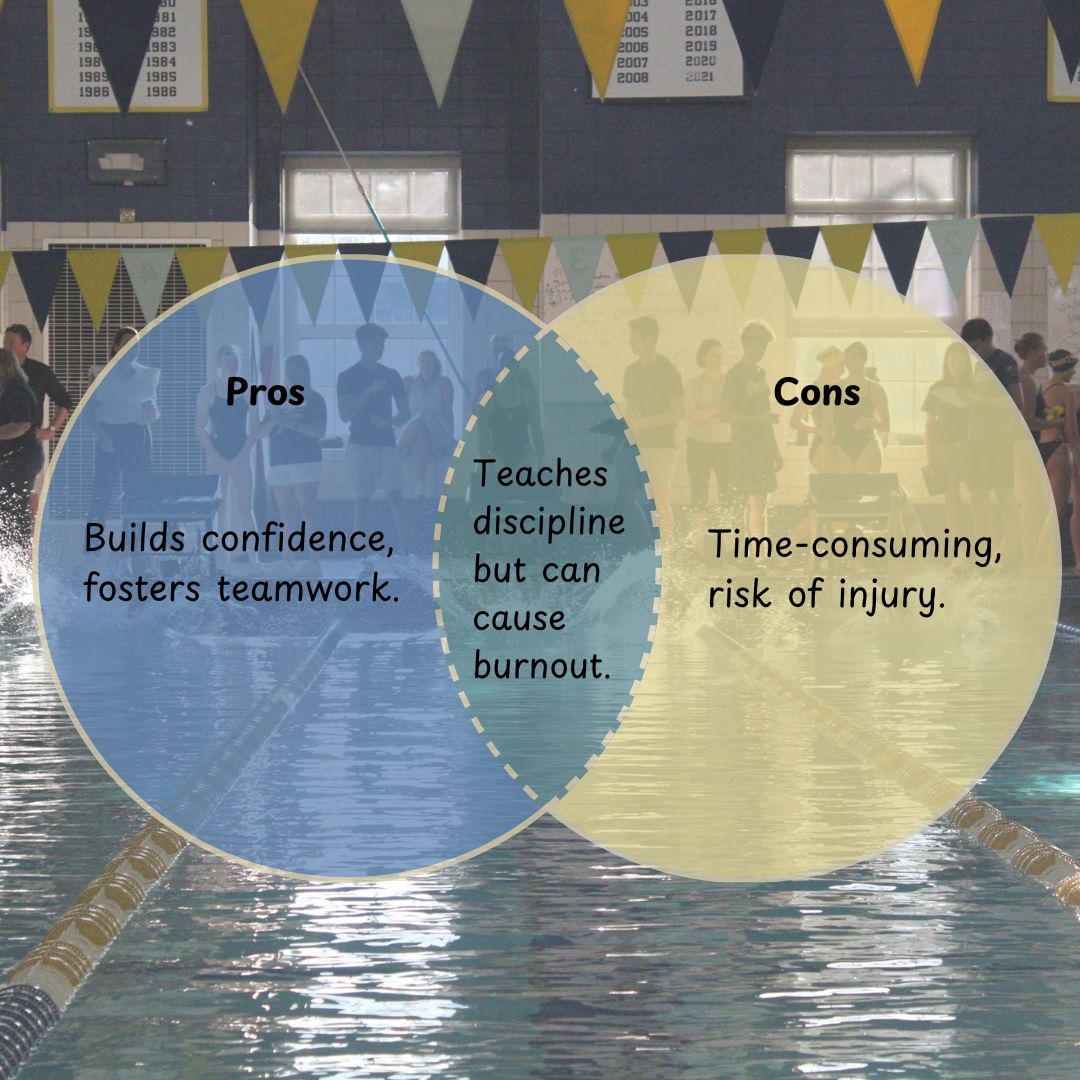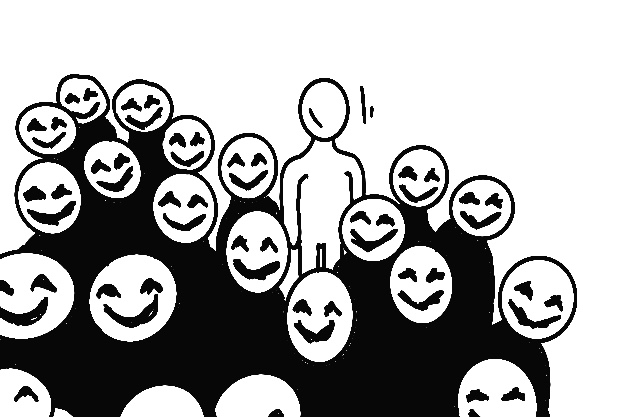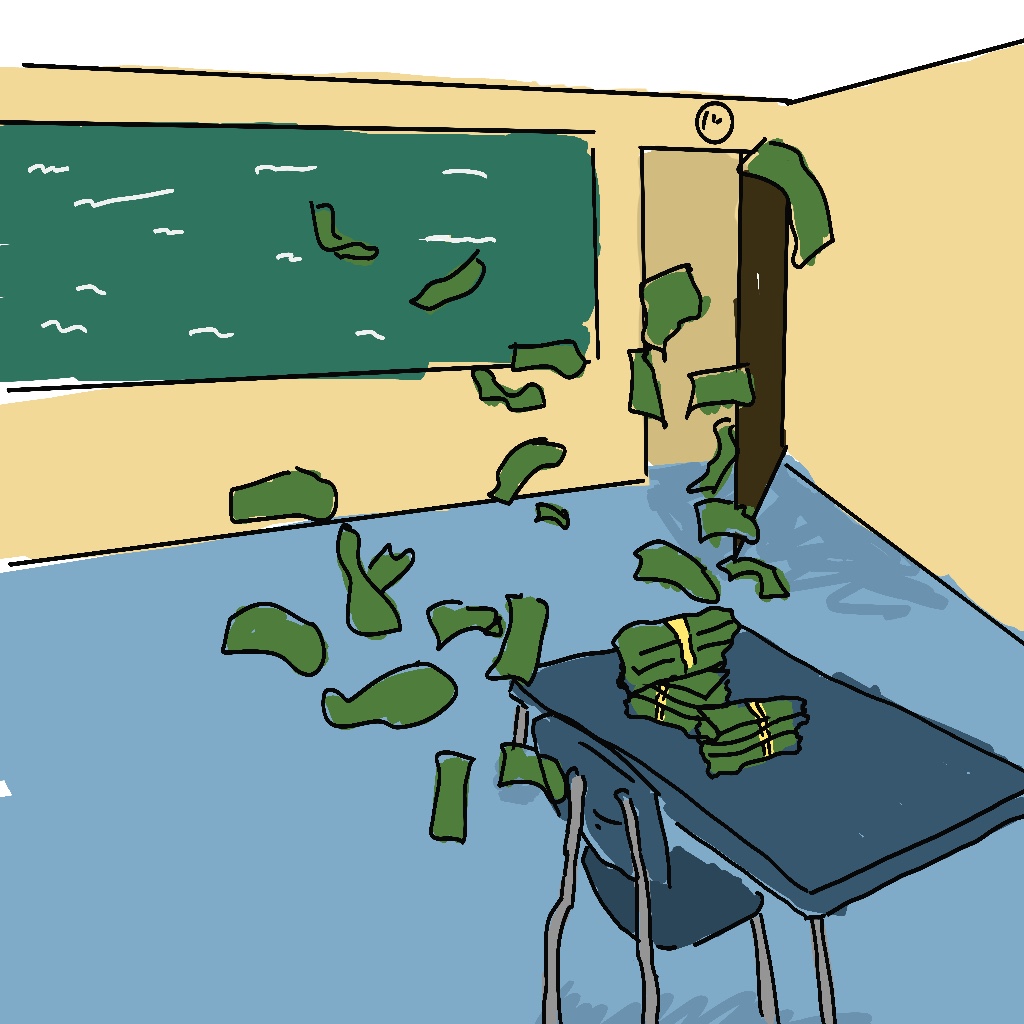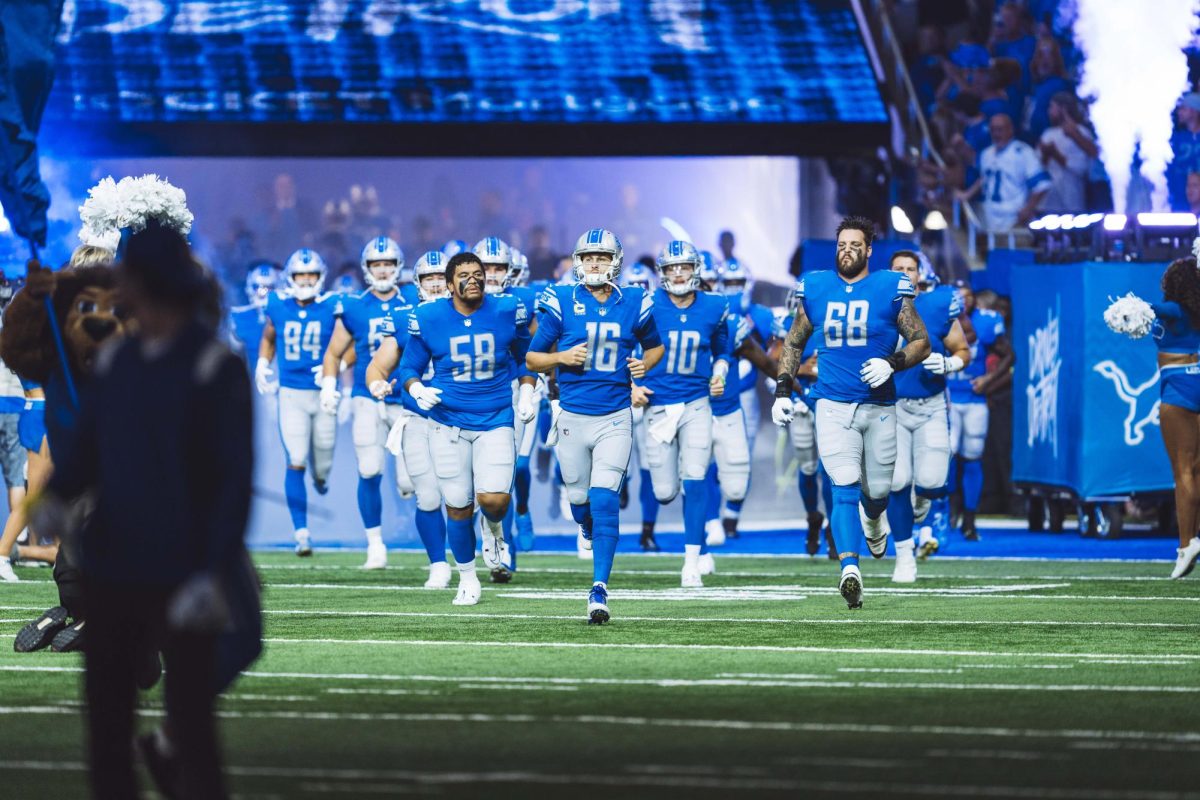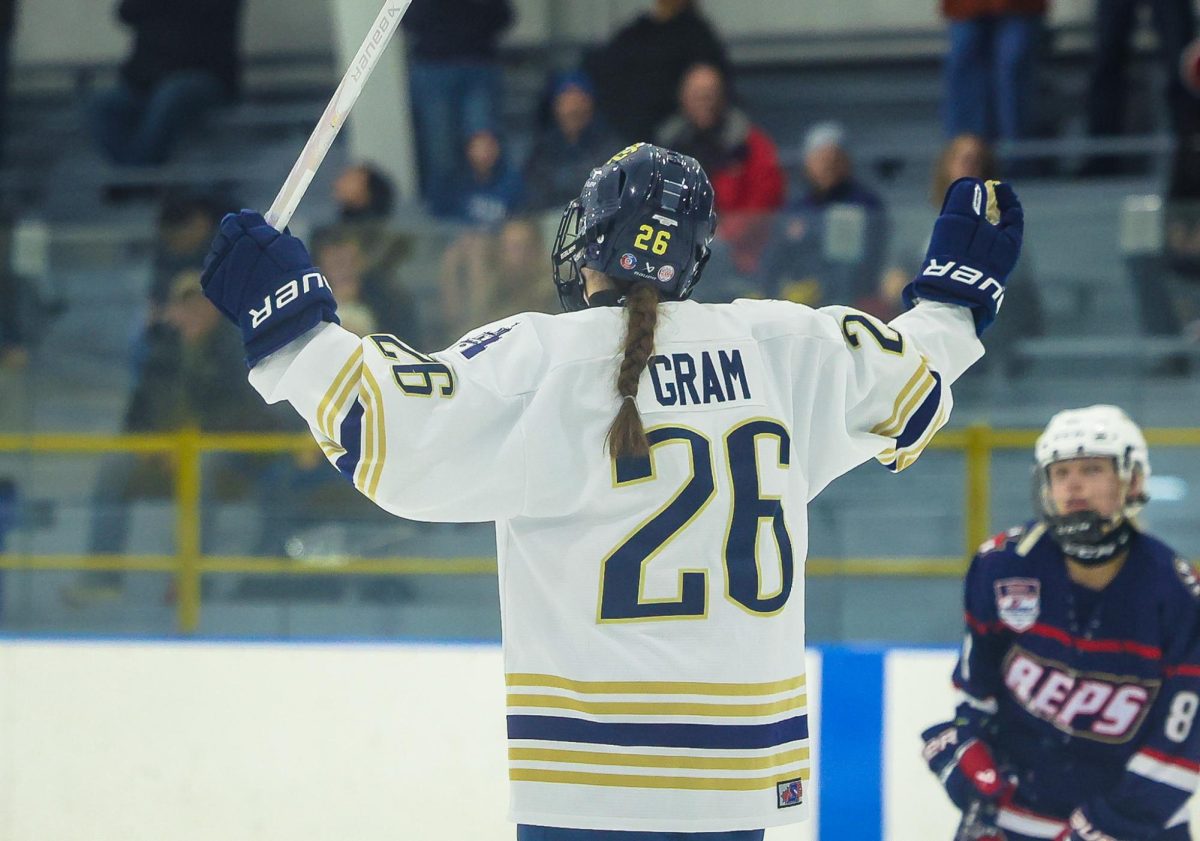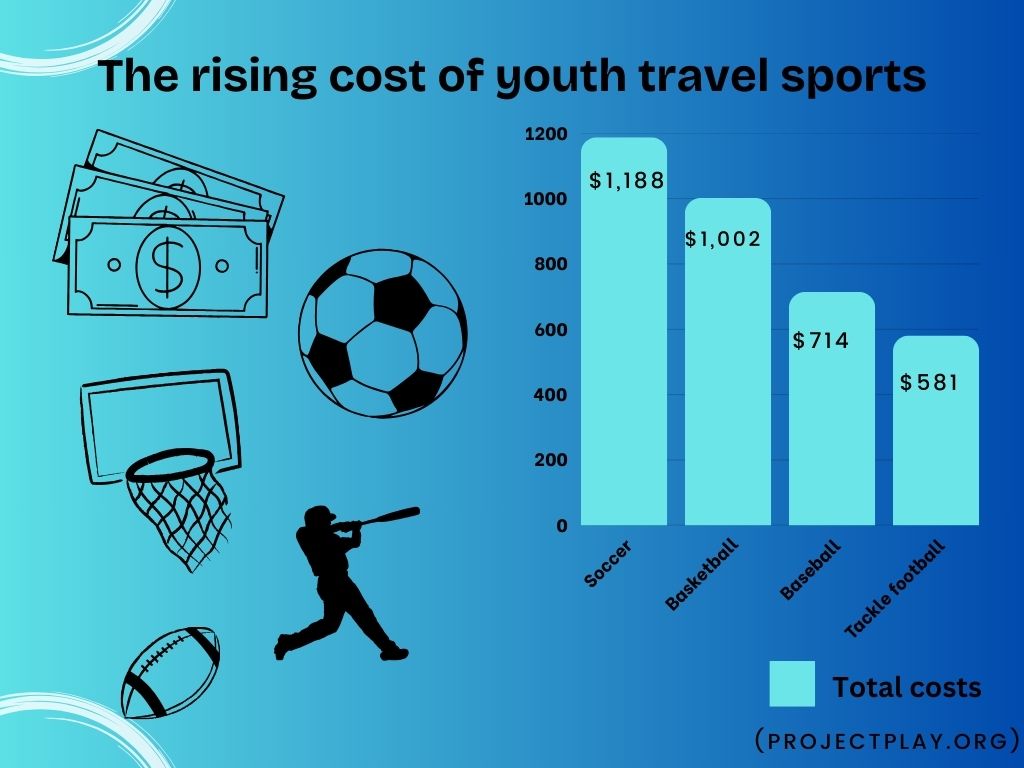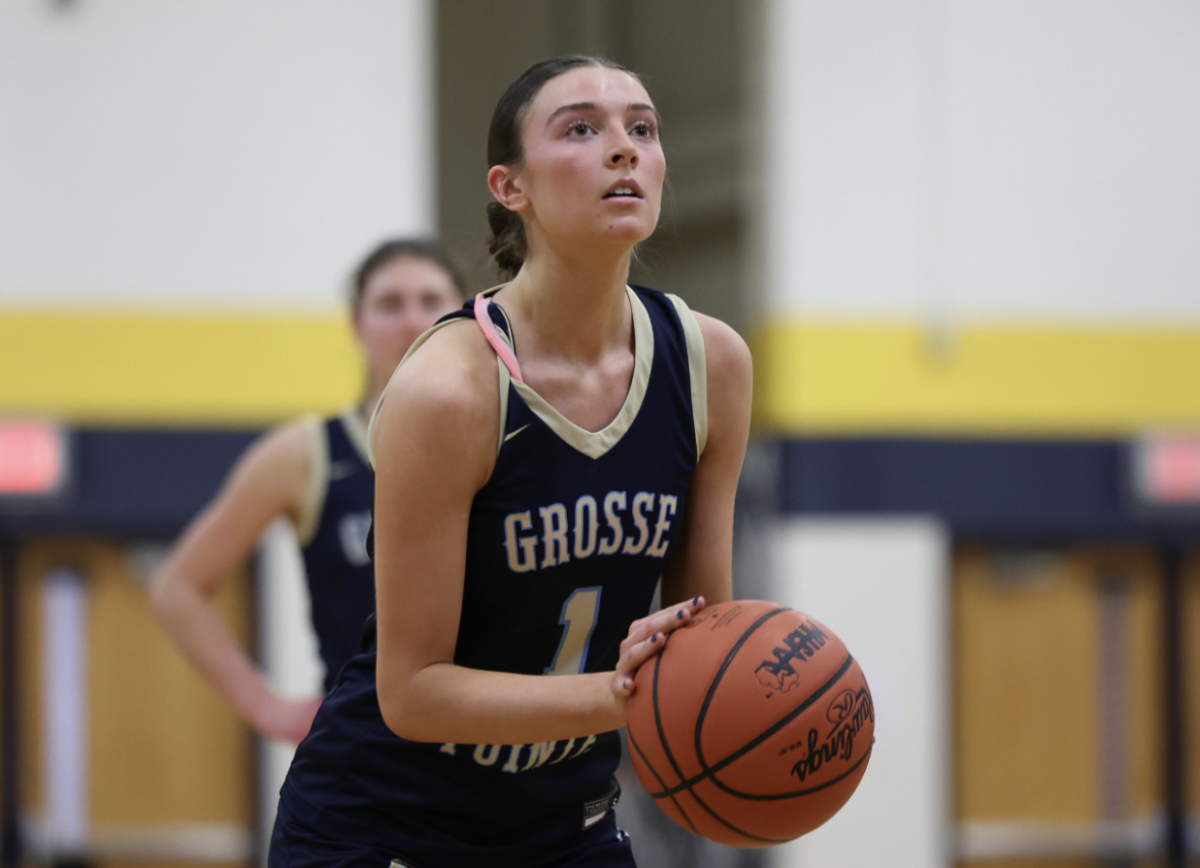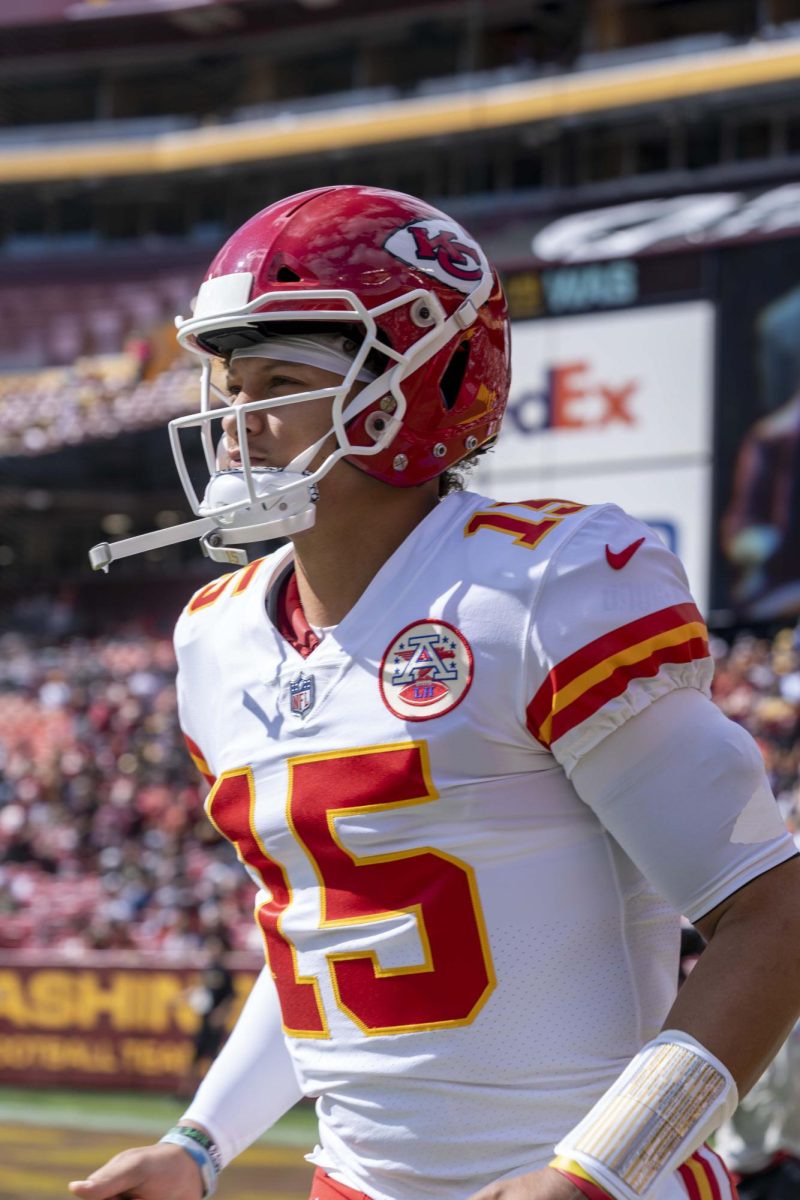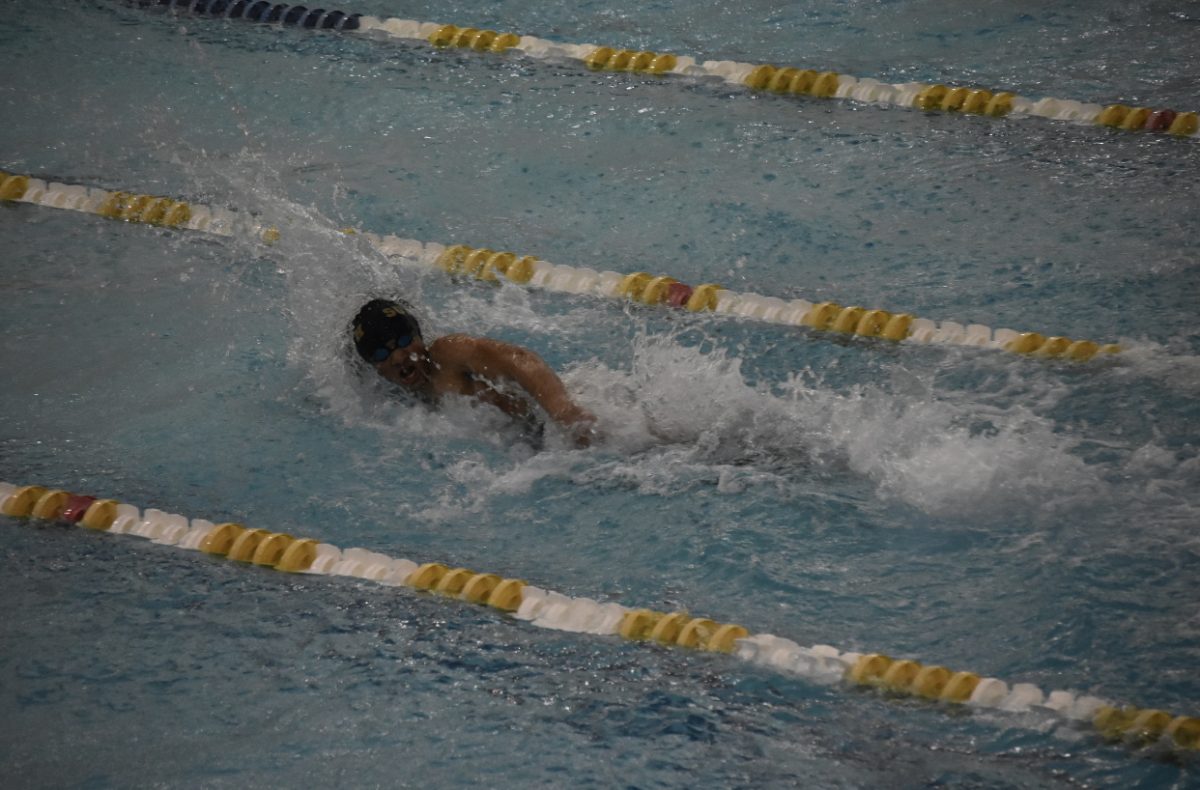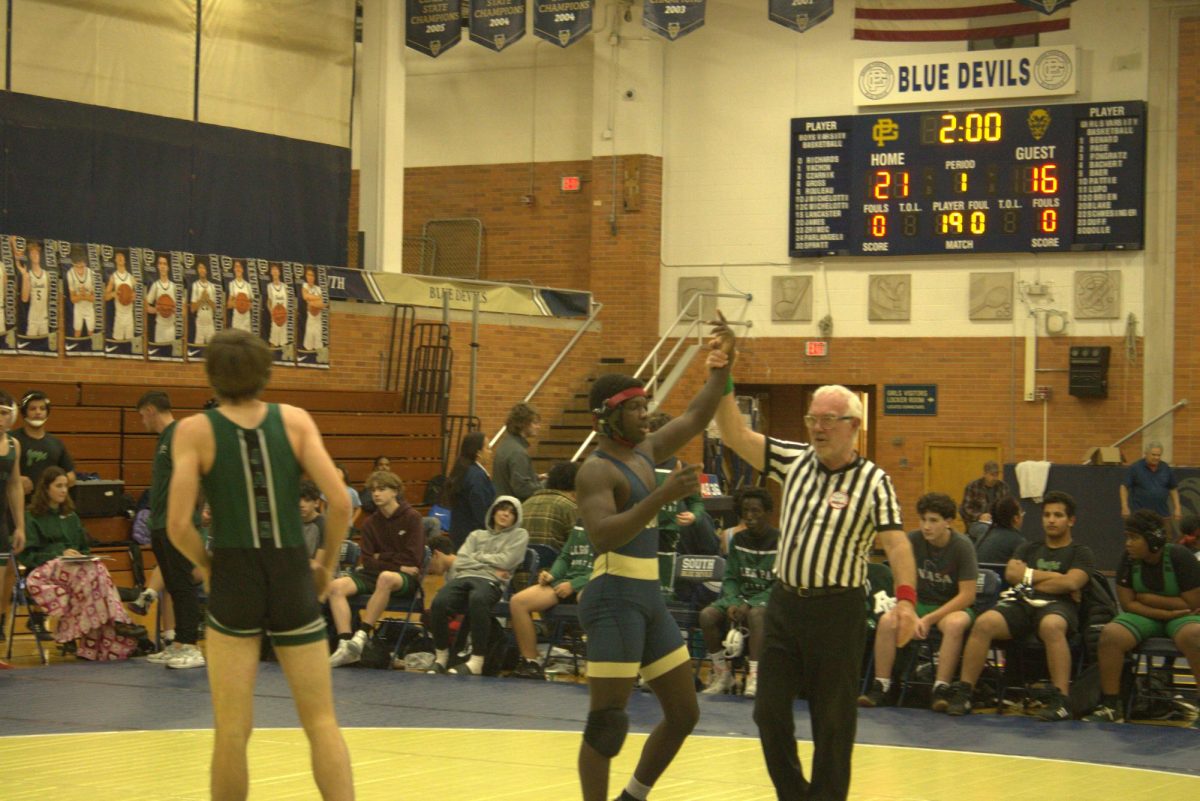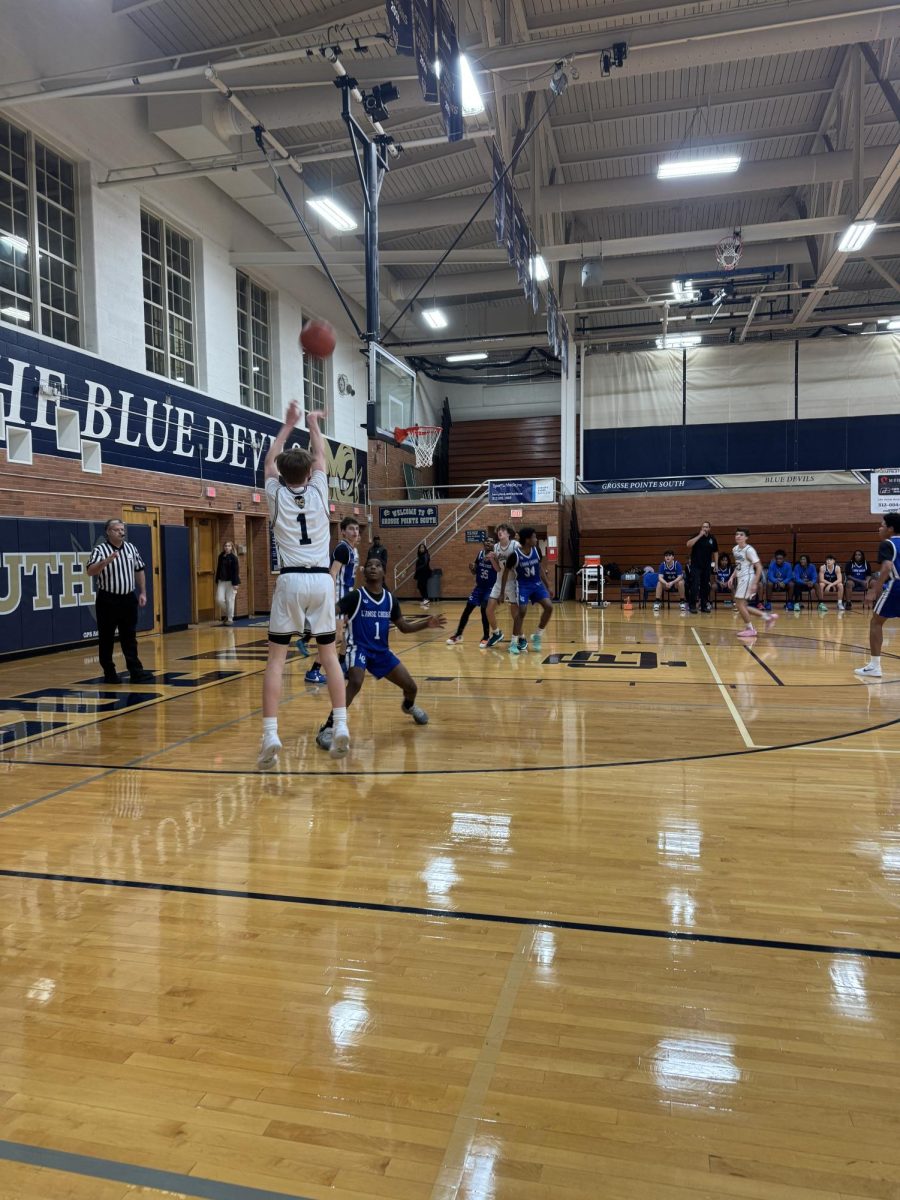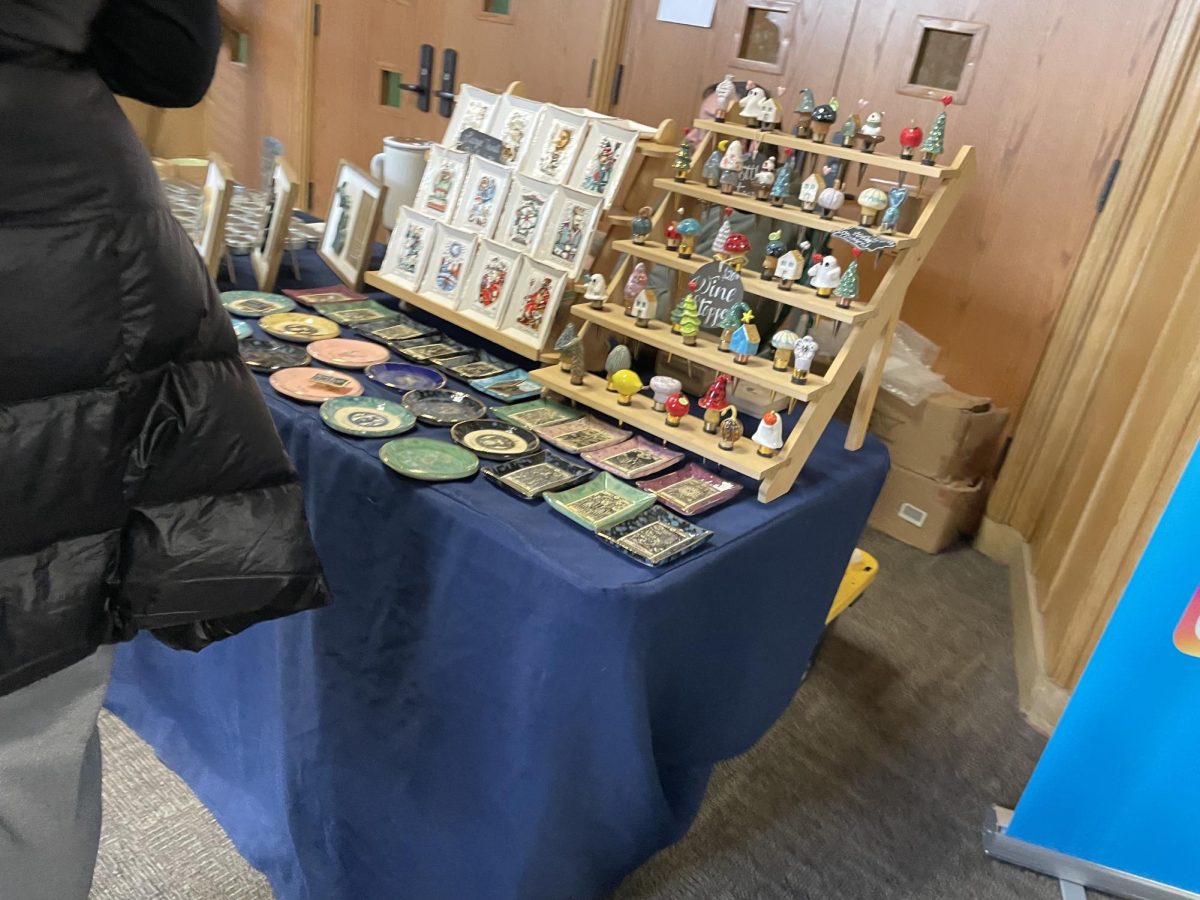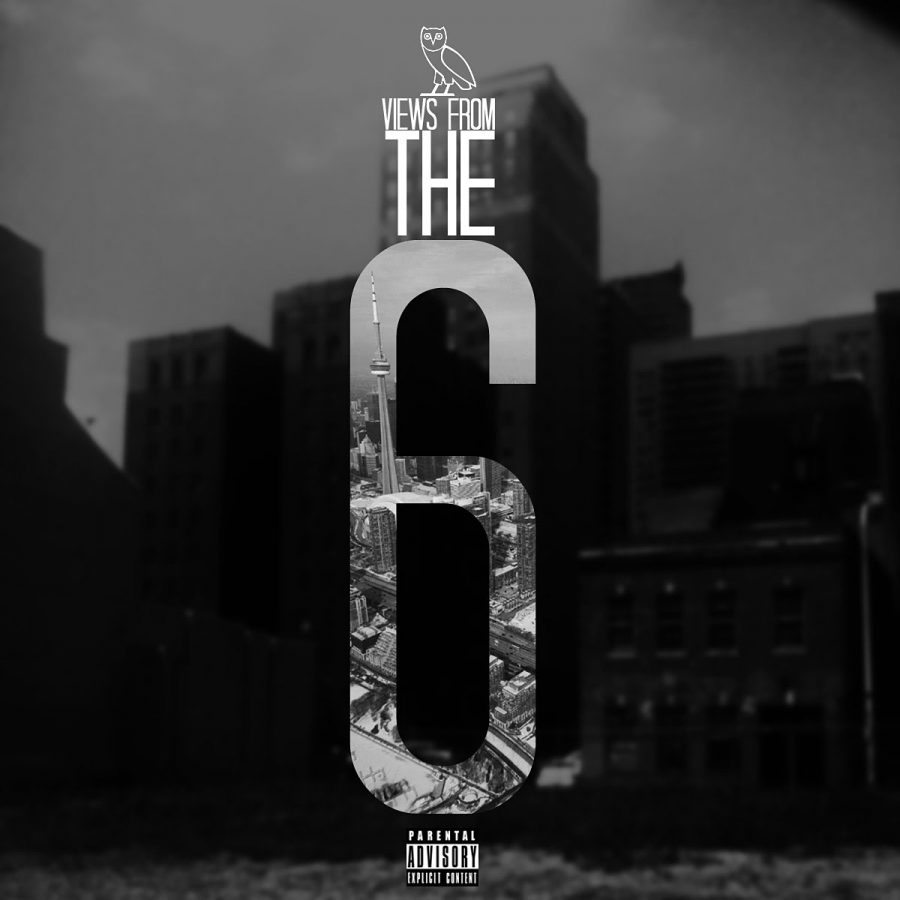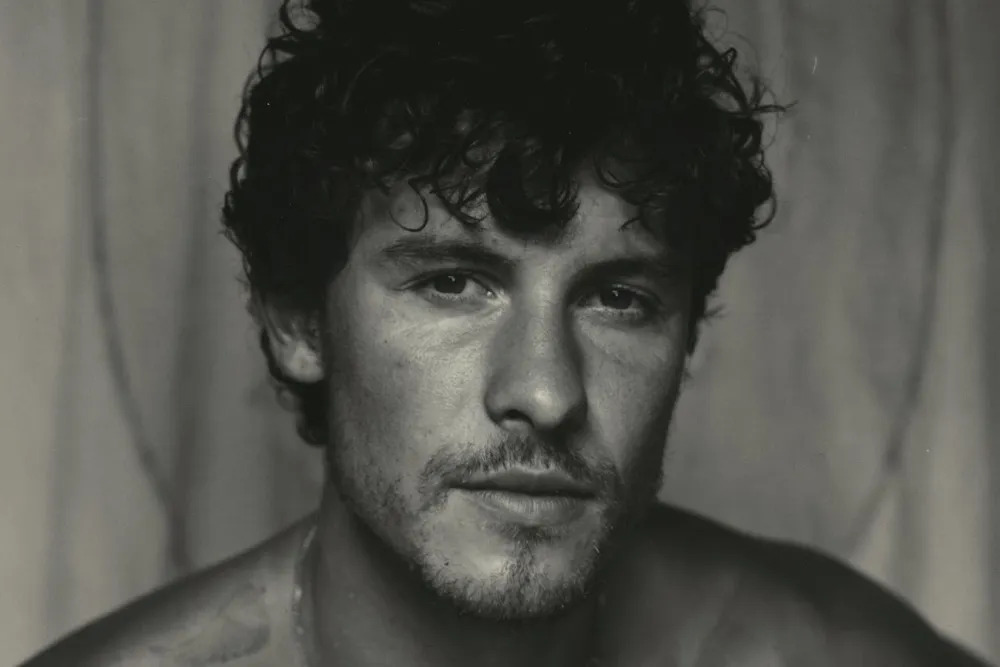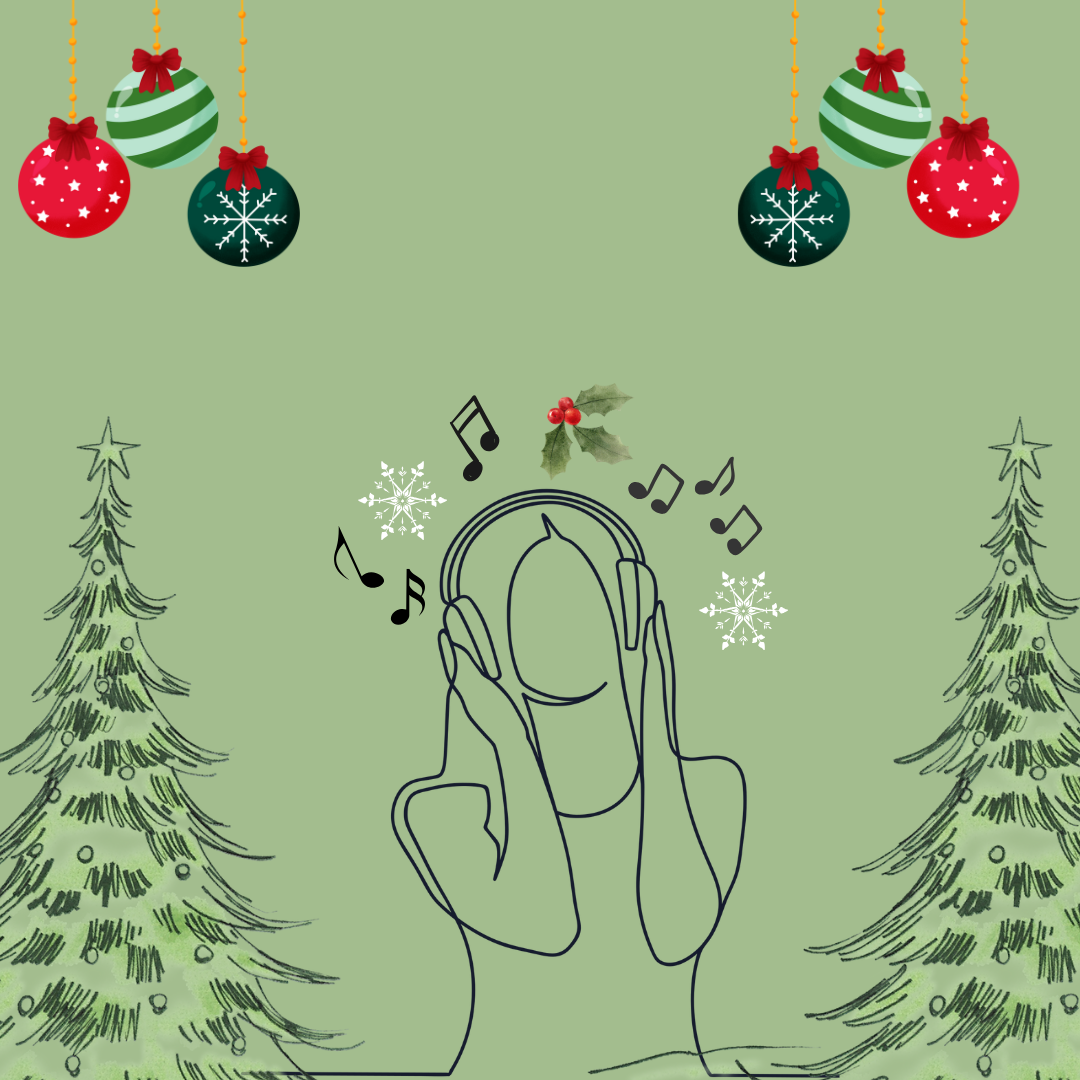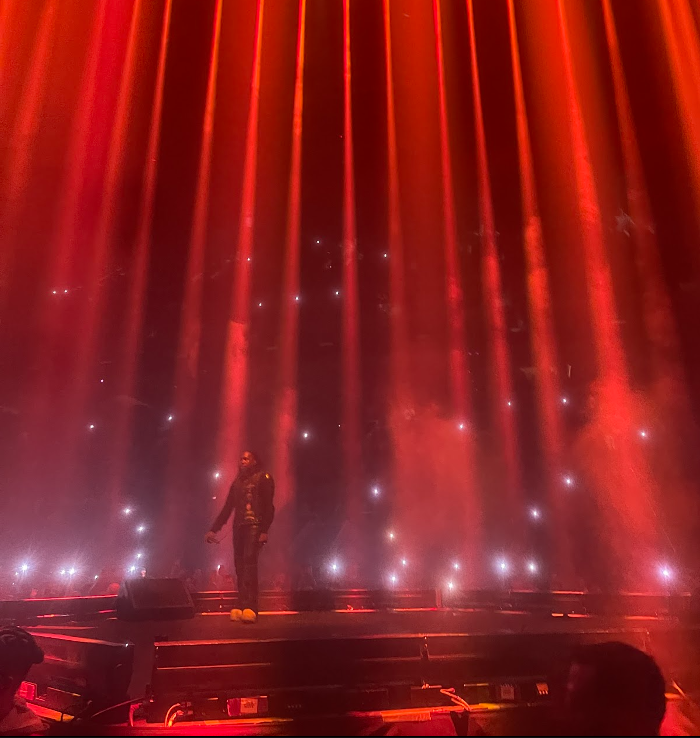If you count “If You’re Reading This It’s Too Late” and “What a Time To be Alive” as impromptu mixtapes, the release of Canadian singer/rapper Drake’s latest album “Views” last Thursday stands as his first studio album since the release of “Nothing was the Same” over two and a half years ago. Hints at the album contents, including the title had been bouncing around for over a year before its release, accompanied with mysterious billboards on the streets of Toronto throughout this past winter. With a pocket of media tricks and attention grabbers to get fans and non-fans alike aware of the album, Drake slowly built anticipation for the late April release.
Drake’s “Views from the 6” lackluster in features, content and effort
By Jack Holme ’17 | Page Editor
When you get a new car, it’s the best thing ever only because it’s new. It has the new seats and that icy-cold A/C and that classic new car smell. But after a couple weeks, the new aura fades, and you start to realize that maybe you should have upgraded to the model with the crisp leather seats, or the one with the Bluetooth sound system. You start to feel that things are missing–things you never thought about. You feel like you’ve been scammed–like some of these things should have been standard options.
To me, Drake’s new album, “Views from the 6,” which came out last week, is that new car. As soon as I heard the first track I thought it was going to be a future hip hop classic filled with memorable lines and tracks that would live on for ages. But as I continued through the album, I realized that wasn’t the case. None of the tracks were instant favorites or anything special, and have virtually no replay-ability whatsoever. None of the bars or beats were out of this world. Considering Drake has had a grip on the rap industry for a couple years, this came as a surprise.
This album makes it seem like Drake doesn’t know which direction he wants to take in his career. I don’t know if Drake wants to be the Jamaican dance hall mogul that’s present on the track “Controlla,” or a force to be reckoned with in rap like on the track “Still Here,” which features him spitting over a pretty punchy beat. With all of these inconsistencies in the project, it makes it hard for me to see this as anything more than just another mediocre album.
With Drizzy’s commercial success coming in the last couple years, with hits such as “Started From The Bottom,” “Worst Behavior” and “Hotline Bling,” it would make sense that he would want to put his best foot forward to solidify his standing as one of the greats. But maybe all of this fame and success gotten to his head, and maybe he rested back on his laurels and assumed that anything he put out would be blindly accepted as another masterpiece. It feels like he put in half the effort it should have taken to produce a decent product.
For example, on the track “Pop Style” Drake says, “Got so many chains they call me Chaining Tatum.” The answer to that statement is a hard “no” for me, and it has me wondering just why Drake would think it’s a good line. The only reason people remember it is because it is so ridiculously bad. In comparison, bring back Quentin Miller if it helps, at least “Ten Bands” from “If You’re Reading This it’s Too Late” was good.
Another disappointment on “Views” was “Grammys ft. Future.” The beat is out of this world, but Future’s verse is absolutely revolting. He says “They gon’ think I won a Grammy” about 20 times. Nothing should be said that much unless you’re trying to summon the devil.
Not everything is absolutely horrible, though. In the track “Views,” Drake spits over a beat that has an essence of past albums. The bars also aren’t bad, they are actually really good, but more importantly is that they seamlessly flow between each line. If the album had more of this, Drake and less dance hall, it would be 10 times better. The odd successes don’t make up for the rest of the project.
Most Drake albums have that “wow” factor. For example, “Nothing Was the Same” (2013) had a smattering of excellent featured artists that contributed to the commercial success of the album. But with “Views,” the features that do appear on the album are lackluster. On “Pop Style” Drake cut Jay-Z’s and Kanye’s verses and poured in some unmemorable lines. It’s upsetting, because even though I am not the biggest Kanye fan out there, I believe that this track would have really showed us the “true genius” he claims to be.
This album doesn’t do it for me. When someone asks for candy and is given vegetables, it leaves a bad taste in their mouth. “Views” doesn’t seem right, it is the rotten vegetable Drake has let us mull over, and if he had possibly put more time and effort into it, maybe it would have been the delicious treat we desperately craved. I wouldn’t suggest this to people who are looking for the next modern classic, or anything up to par with what we have come to expect from Drake. This album on it’s best day would score a five out of 10 because of its lack of clarity and effort put into this album. Was this album worth using my dad’s credit card last week? No. Sorry dad.
Being a Drake superfan, I was checking the Twitter, Instagram and Facebook accounts of four different Drake news websites every day for new information regarding the release of the album and the probable worldwide tour that would come with it. With a well-thought out mix of hints and rumors, Drake kept fans like myself at the edge of our seats for over a year. After his 2011 Grammy-winning release of “Take Care” (the greatest album ever produced in my opinion), the cockiness and hype-based attitude of his following three productions left fans deprived of the Drake that “Take Care” established. That being the true embodiment of a singer/songwriter with a near 50/50 split of confident, cocky rapping and vulnerable lyrical lines, verses, choruses and even full songs. After his 2011 masterpiece, the only true remnants of the great Drake were seen sporadically in “Come Thru,” “Connect,” “Legend,” Company,” “Jungle,” and a few others, while songs with choppy lyrics, locker-room type beats and lines memorable for their simplicity took precedence amongst the basis of rap fans. After years of hard work on the new project, Drake comes back with a few memorable features, but mostly fills the album with work on his own, hand in hand with producer Noah “40” Shebib. Producing more songs on this album than any other of Drake’s in the past (12/20 tracks) 40 adds his own recognizable sound that takes us back to snippets of the past when he began his work with Drake.
‘6 God’ delivers album full of hits, more to come from this hot artist
By Brendan Cauvel ’16 | Staff Writer
The Thursday of the release was a blur, all day became one extended stalling delay to take my mind off of the processing that I would have to do that night. Listening to the album meant 20 new songs whose lyrics I had to memorize, 82 minutes of harsh interpretation, lyrical analysis, and comparison to six other albums and over 200 songs from Drake’s past. At around 11 p.m. the OVO Sound Radio broadcast began, the album was released in full on Apple music, and I didn’t know where to begin. Talking to my other friends through social media, FaceTime and a barrage of texts and group messages, we sat down together and listened to the album in full. After nearly a full week of having the album on shuffle and repeat all day, here are my interpretations of each track in order.
Track 1: “Keep the family close”
Lacking any idea of what to expect from the new album, I pressed play on this introduction song with a completely open mind. With a classy, melodic, instrumental beginning to build anticipation, Drake finally came out in the first line with his singer’s voice blazing, talking about friends that have come and gone, bad times that have been brought upon him, and emphasizing that family (blood related or not) have been his rock throughout every tribulation that has approached him. The song has a sad attitude, but its tone is one that screams “I made it”, setting the theme for the rest of the album. It is slow, instrumental and non-memorable, but it serves as a nearly perfect introduction for the 19 songs to follow.
Track 2: “9”
From track one to track two, Drake’s tone immediately switches from slight vulnerability and reminiscence to confidence, reveling in his own accomplishments for the city that he calls home. In the most underrated song on the album, Drake’s well thought-out lyrics (of which he heavily emphasized in interviews leading up to the album) hide behind a rather simple beat, further delving into the “I made it” aspect that opened the production. Although disliked by many for its simplicity, the song keeps listeners wondering what blend of raps, beats and singing are to come as the album progresses. With the rest of the album revealing that the other songs are blatantly good, this laidback tune hides the strong lyrical presence that is echoed throughout the whole production.
Track 3: “U With Me?”
Making light of his newfound success, Drake asks fans, friends and family alike if they’re still riding with him. With a salty tone and the first showing of angry lyrics, he steps back from his cocky attitude that came with success, showing a more grown up Drake that is now searching for family and friend support instead of alcohol, money and material luxuries. Along with the newfound maturity throughout the whole track, the message of the entire album is spit out entirely in the final 22 second emotional crescendo of this song, revealing a Drake who has shed the stigmatic outer layers of his appearance, echoing the artist that fans saw in his straightforward poignancy on “Take Care.”
Track 4: “Feel No Ways”
In another genuinely underrated, fully sang track, “Feel No Ways” presents another showing of an adult Drake, moving on from a girl who trapped him in a cycle of static unproductivity, saying all they did was ‘sleep in and smoke weed’. With his new lifestyle motivating him to become productive, driven and less stagnant in a toxic lifestyle, he reminisces about this girl, but quickly realizes that his life and future mean more to him than she ever did. With the album to this point being split half and half between singing and rapping, interests about the composition of the following 16 tracks began to rise from those who were listening in order.
Track 5: “Hype”
With a hint at the hype vibe in “9” that Drake is capable of bringing, the album up to this point lacked a true, cocky Drake rap flow. Properly titled, the fifth track brought me to tears after the surprisingly clean beat drop and fast-paced verses after an ominous 20 second intro. With a simple and smooth ‘Metro Boomin-esque’ beat, Drake calls back on the sound of “What a Time to be Alive” in general, and also the song “Energy”, but comes back with better flow, developed lyrics, and the confident attitude that has made some of his best hype songs end up topping the rap charts.
Track 6: “Weston Road Flows”
Paralleling the long, memorable, nostalgic flow of “Tuscan Leather”, Drake returns with another four minute, seemingly never ending lyrical recollection of his past. Sampling a 90’s R&B background music from Mary J. Blige, “Weston Road Flows” takes listeners back through his growth as a person and as an artist from the streets of Toronto. With his ‘confidence level getting settled’, Drake uses this song as a jumping point to the rest of his album, marking another talk about his come up in the music industry, and showing that he is ready to move onto new things, both in life and through the rest of the album.
Track 7: “Redemption”
In the track on the album most difficult to interpret, Drake spans three verses in a fiery attack on a lover, claiming that her actions changed him emotionally. However, in the choruses, he pleads that she listen and take time to hear him out. Drake also name drops in the fourth and final verse, calling out Ericka Lee, the woman whose drunken voicemails brought us the greatness that is “Marvin’s Room”. Ironically enough the song does act as the “Marvin’s Room” of this album, with Drake taking a less definite and slightly confusing stand with his views on the relationship. Slow, lyrically and vocally well-crafted and revealing, this track leads us into the center part of the album with another emotional ballad that anyone can find meaning in.
Track 8: “With You”
Another fully-sung track, “With You” has Drake and PARTYNEXTDOOR produce a memorable swingy song as they both bring up aspects of relationships with their own women, comparing the goods and bads of the interactions. In contrast to the salty animosity towards relationships shown in “Redemption”, this song displays a more ambiguous tone towards women who have left them. You could be happy or sad about a connection with someone and find value in this track, and the pop-based background music and tropical feel make it a fun sing-a-long.
Track 9: “Faithful”
In my personal favorite track on the album, Drake comes back full circle to what he began in “Take Care,” with rap verses and a beautifully sung chorus blending 50/50 through the song. As he speaks on his relationship with a specific girl, mature Drake comes back into play, and his search for the ‘money, cars, clothes and hoes’ sung about in the chorus of early classic “Successful,” have been finally replaced by his one desire; to remain faithful and dedicate his love to one girl and one girl only.
Track 10: “Still Here”
Commonly regarded as the best song on the album, track ten sees Drake taking a catchy high-paced beat and rattling off a never ending list of accomplishments, repeating “did it by myself” through the chorus. Although selfish and proud of who he has become as an artist, he still continues to shout out friends, places, and events that helped him overcome obstacles. Another song with a rap-sung mix throughout, this is clearly one of the top tracks in the production, whether you are a fan of singer or rapper Drake.
Track 11: “Controlla”
With “One Dance” to follow, this track was an earlier test of Drake’s possible new Jamaican style. Released a while ago on Soundcloud and YouTube through a leak, the song only got better when the sound quality improved from the scratchy leaked sample, along with an addition of another verse from Drake. Whether you heard it before the album dropped or not, the song is undeniably something that you have to tap your foot along to, and makes a great, uplifting dance song with simple lyrics that anyone can learn. Clearly made to be a mainstream radio hit, I have no doubt the song will end up huge within a week or two, but that still won’t take any enjoyment away from fans who have had it on repeat for three months now.
Track 12: “One Dance”
Released prior to the drop of the album, “One Dance” goes hand in hand with the Jamaican singing sound of “Controlla”, completing the two-song experiment with this new vibe of music, that in my mind is a raging success. Although simple and pop-sounding, the song is catchy, and the speedy singing and feel-good vibe make it something that anybody, Drake fan or not, can hear on the radio and want to dance and sing to.
Track 13: “Grammys”
With the rest of the album being solid, “Grammys” came as a surprising disappointment, even with the addition of Future. Again sounding like an addition to “What a Time to be Alive”, Drake’s strong start to the track with a beat that you have to nod to, Future enters with a highly meaningless and repetitive verse. Overlooking the 30+ repetitions of “They gon’ think I won a Grammy” from Future, the song’s instrumental beat production and first half can play as a track perfect for driving with the windows down and sunglasses on, for any who want to feel like a big shot rapper.
Track 14: “Child’s Play”
With a memorable first line that I can’t stop yelling, I was automatically hooked on this song, and in consensus with friends, we agree that it may be one of the better songs in the production. Using a woman’s desire for an expensive outfit as a metaphor for a bigger picture, Drake directs his maturity at a woman in the song, claiming how childish her desires are, threatening to leave her. Another tally on the ‘fast paced rap with singing chorus’ list, this song again echoes the vibe and composition of “Take Care” tracks, making it automatically loveable in the eyes of many.
Track 15: “Pop Style”
Another pre-release song, “Pop Style” was revamped in the album version of the track, eliminating the shorter two-line addition from Jay-Z and extended rap by Kanye West. Without the two features that made the single version of the song memorable, any listener may be scared that the song would lose value. However, with another Drake verse added, the monotonous, boring flow of the first verse is redeemed with a speedy second spit, and the song truly does get better. With another fast-paced hype rap, the track embodies the older self-absorbed Drake.
Track 16: “Too Good”
On the biggest feature song of the album, Drake teams up with female singer Rihanna to fuel a poppy, upbeat tune that touches on a couple falling out of love, taking each other for granted. While the sound and open discussion of a relationship mimic the song “Take Care” (on which Rihanna was also a feature), this sixteenth track plays as a fulfilling follow up to Drake and Rihanna’s single “Work”, which was released last month. With both songs openly talking about relationships and dedication, we see a Drake who once again fears no discussion of his romantic connections with women.
Track 17: “Summers Over Interlude”
Preparing listeners for the meaningful album finale triplet to follow, this interlude features vocals from Majid Al Maskati, half of the duo of singers that make up “Majid Jordan”, one of the newer signees to Drake’s OVO sound label. While interludes (especially on Drake albums) tend to be viewed as underrated, Majid’s vocals and a clever instrumental concoction help to make listening to this track worthwhile. Remarking on the end of the Summer, the season is related to Drake’s relationships with the women he highlights in “Too Good”, “Faithful”, “Child’s Play”, “With You”, “Redemption”, and “Feel No Ways”. As the fiery summer comes to an end, he’s indecisive on the continuation of the relationships, and feels the need to display that. Track 17 introduces this topic, and track 18 effectively ends the relationship talks on the album.
Track 18: “Fire and Desire”
Following up “Redemption” and “Summer’s Over Interlude”, Drake comes back on this track proclaiming his love and desire for a woman, despite her being with another man. Expressing how he would take care of her and be dedicated, the implications seem to be a continuation of “Faithful”, but this woman has fallen out of his grasp. Speculation has been brought up that the aim of this song was directed at labelmate rapper Nicki Minaj, especially after their flirty past, now that she is engaged to Drake’s recently exposed rival Meek Mill. No matter who the song is about, the mature Drake once again comes out with a soft voice in this track, expressing that he may be ready to be serious with a woman.
Track 19: “Views”
With an entrancing gospel intro and angelic sound, track 19 truly is the end to the album, talking confidently about loyalty and faithfulness that he wishes for people to have in him. It also again touches on accomplishments and the fact that he should be recognized as the leader of the rap game. With a concluding, positive tone, Drake signs out on his fourth studio album with another stout flow, concluding his “Views” on his life, growth nd current standing.
Track 20: “Hotline Bling”
A pop hit that took last summer by siege, “Hotline Bling” was added just to boost the value of the album. After being overplayed and worn out a couple months ago, hearing it come up on a shuffle through the album isn’t a bad thing, bringing back summer vibes and feelings just as we hit the final stretch before the summer of 2016. With another pop (and somewhat tropical) feel, the song will always stand as a catchy hit that displays Drake’s talent to relay a simple message.
We Drake fans go about judging all his new music on the basis of comparison. However, comparing new music to “Take Care” isn’t fair we claim, because “nothing will ever be as good as Take Care”, we often say. While I have no doubt this will hold true, the reality is; Drake created “Take Care” the same way any artist creates an album, and now he has to continue his career living with that accomplishment. He set a bar for himself, for the genre, and for modern music in general, and now he has to approach each new project with that in mind. Comparing his new music to “Take Care” IS unfair, but it’s something that we have to do. While it may degrade the new music in juxtaposition, I believe that “Views” is the closest thing that we have to “Take Care” since the album itself. With combining singing and rapping, confidence and vulnerability, hype and softness, and cockiness and modesty on certain tracks, Drake created a 20 song album where I can’t seem to find one track that I would skip on shuffle. The beauty of music is that everyone is entitled to their own opinion and interpretation of every track and every album as a whole. In my opinion, this is a hint at the Drake that we all saw in 2011 when he turned himself from a moderately known rapper to a music icon. Still 29 years old, he still has some time remaining in the realm of music, and Drake may have another two or three albums left in the tank. “Views” was fantastic, but I think it was a hint at the artist we know and love, and the future music we speculate upon will bring us the full reincarnation of “Take Care’s” ‘Heartbreak Drake.’ On this production he explores his newfound maturity, acceptance of relationship troubles and becomes humble over the sea of accomplishments he looks out upon every day. Evolving as an artist and a man, Drake is stepping more and more away from the hype-based rapper we’ve seen in his last three productions, and is back on track climbing the mountain of talent he knows he has, on which “Take Care” occupies the peak. With a new attitude and a few years left ahead of him, there is much to be expected from the ‘6 God,’ and I have no doubt that he will deliver.

